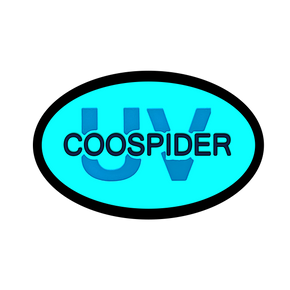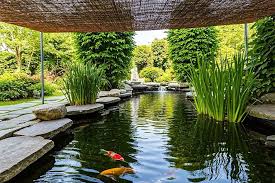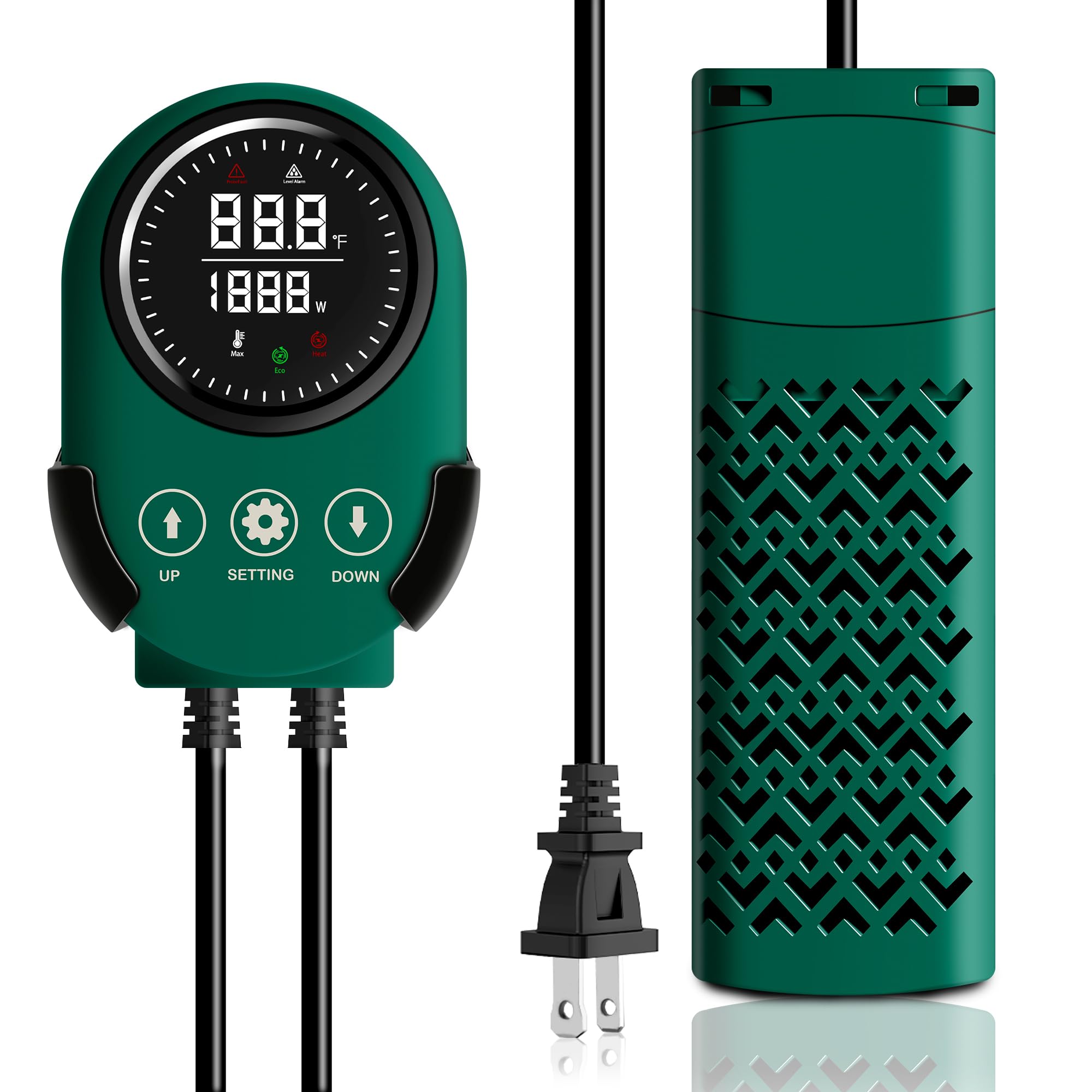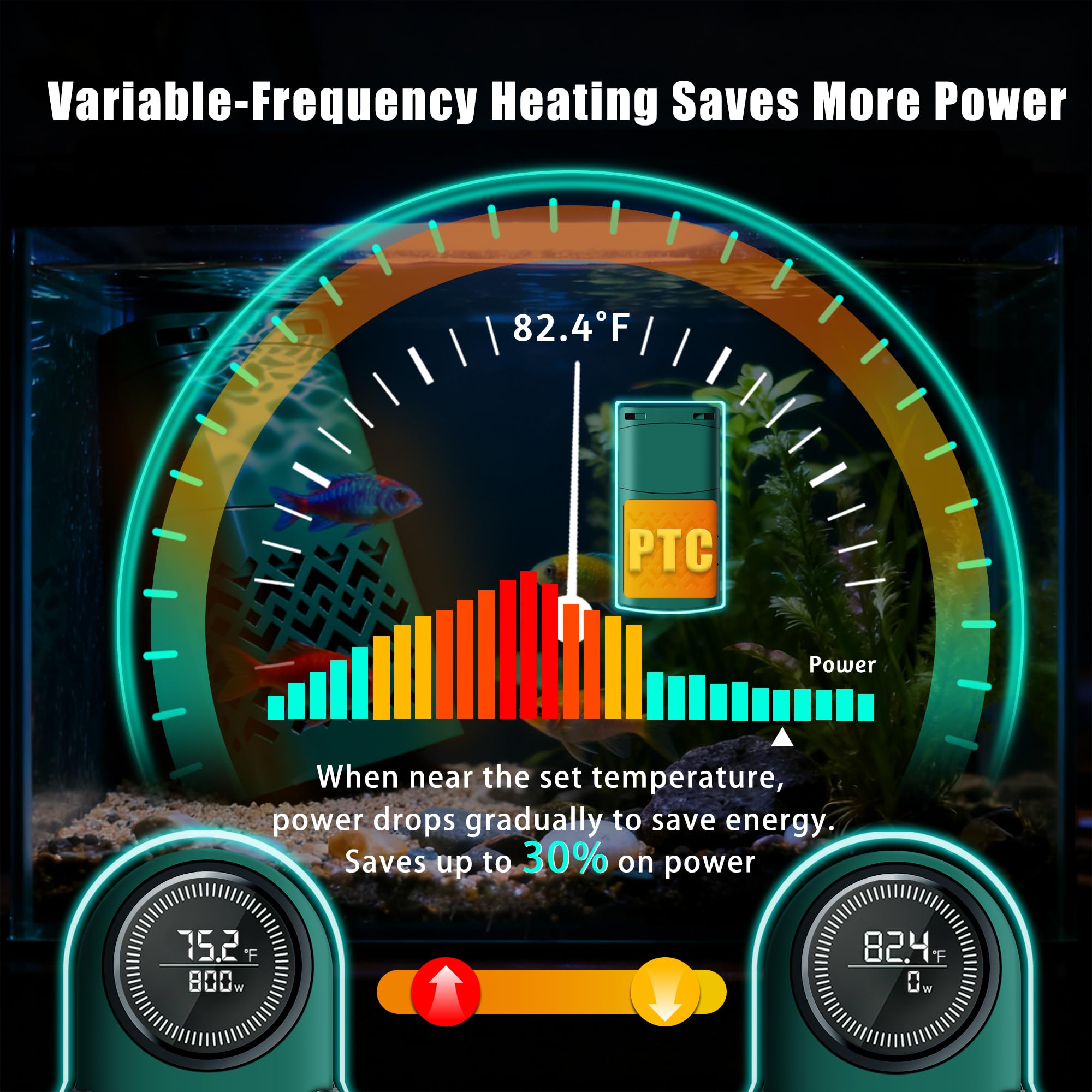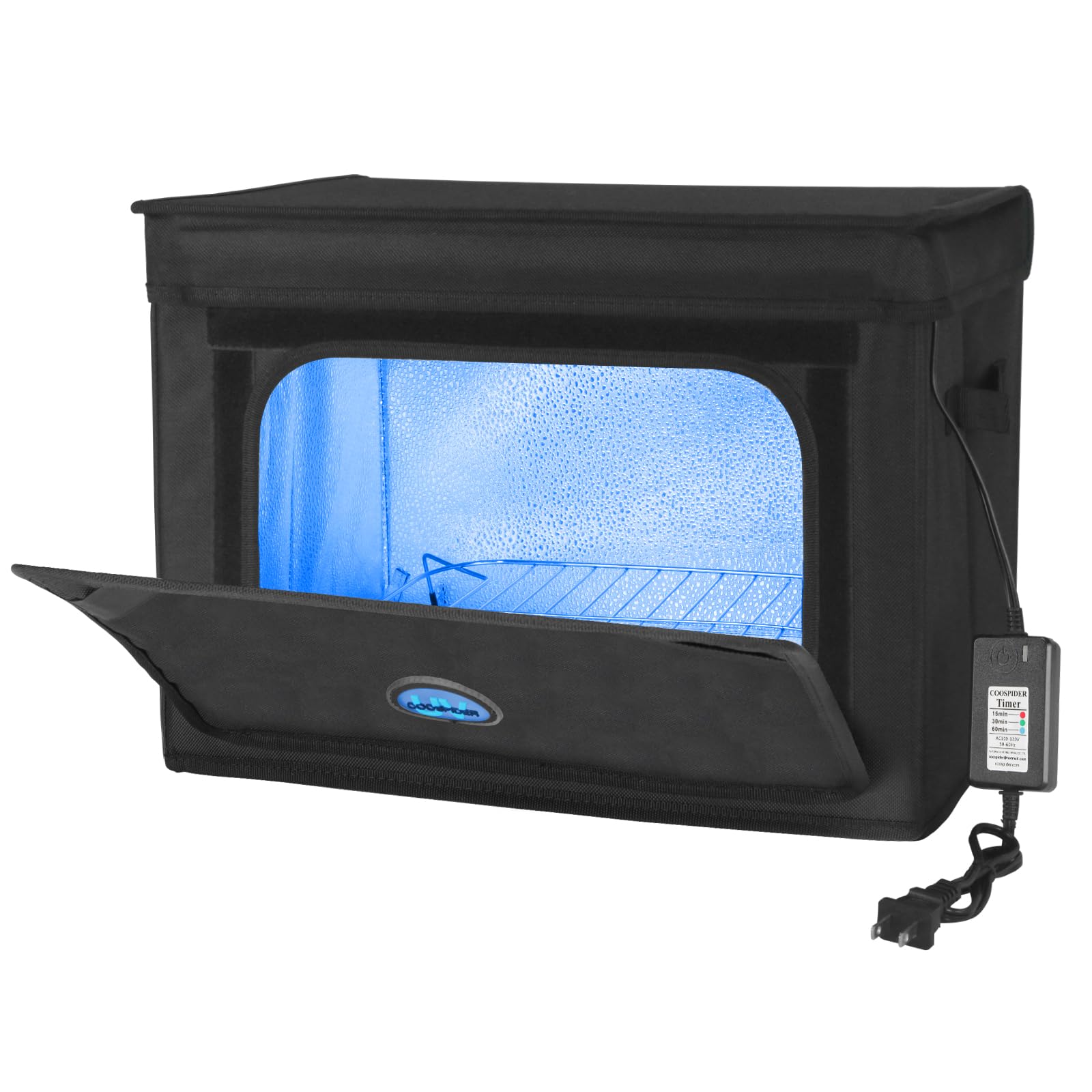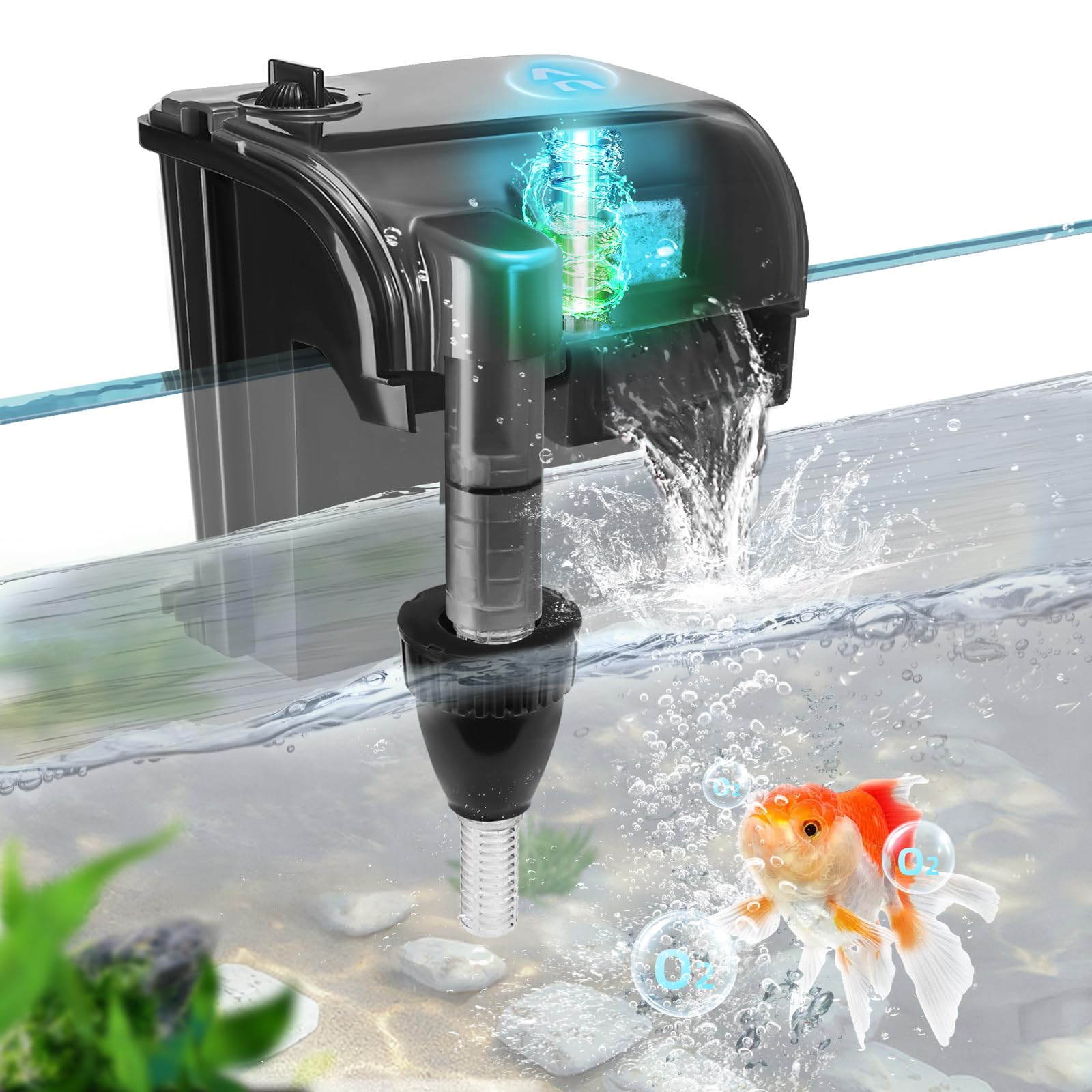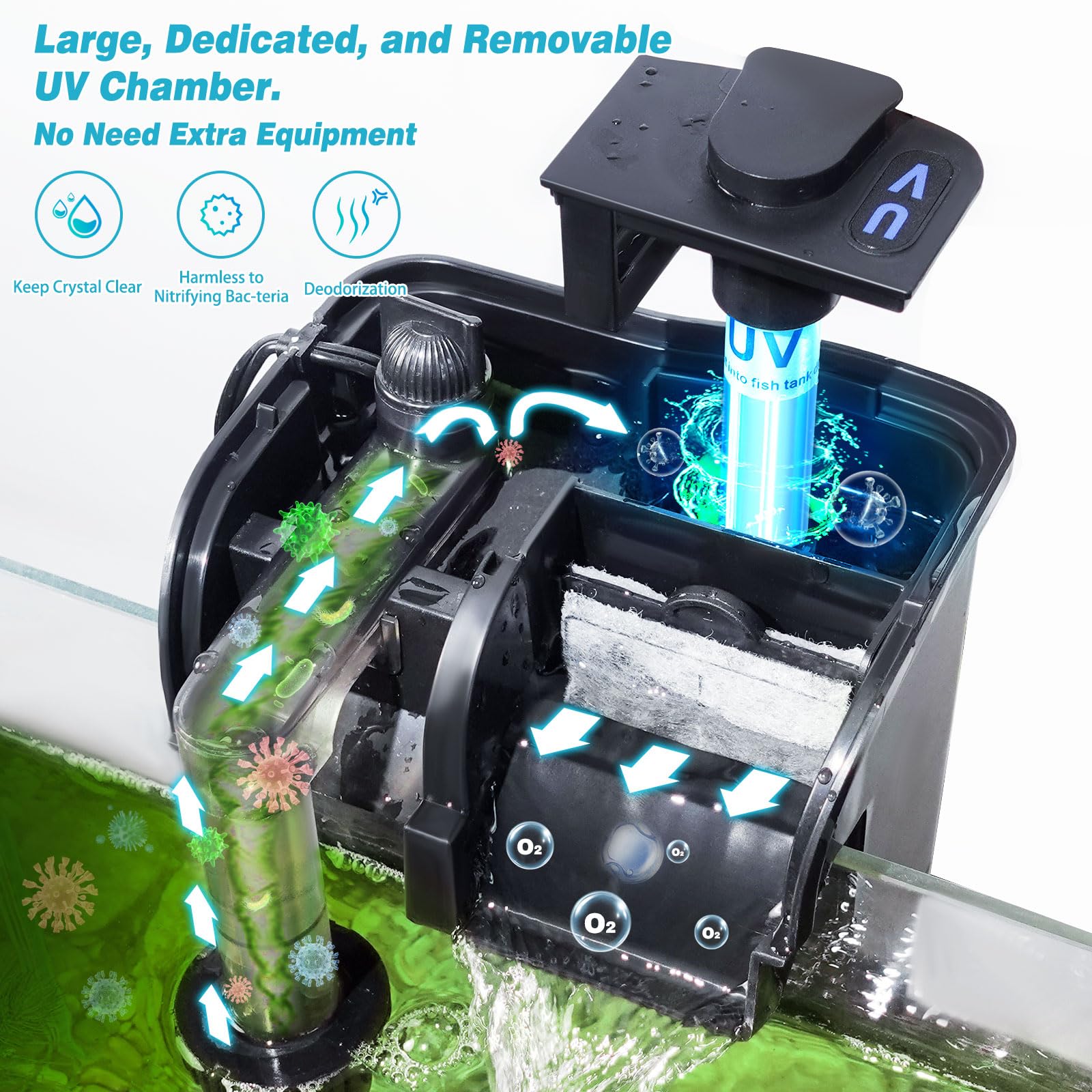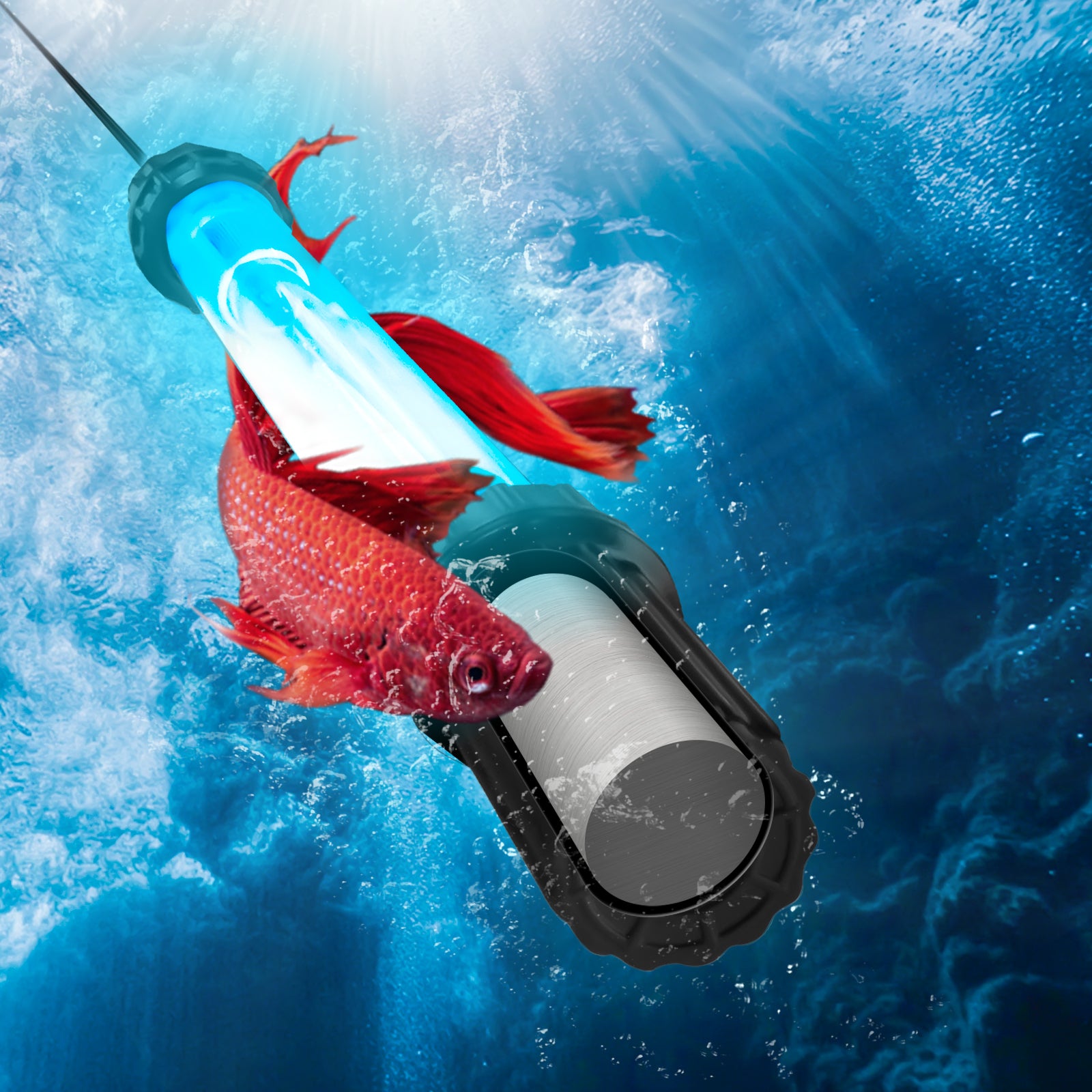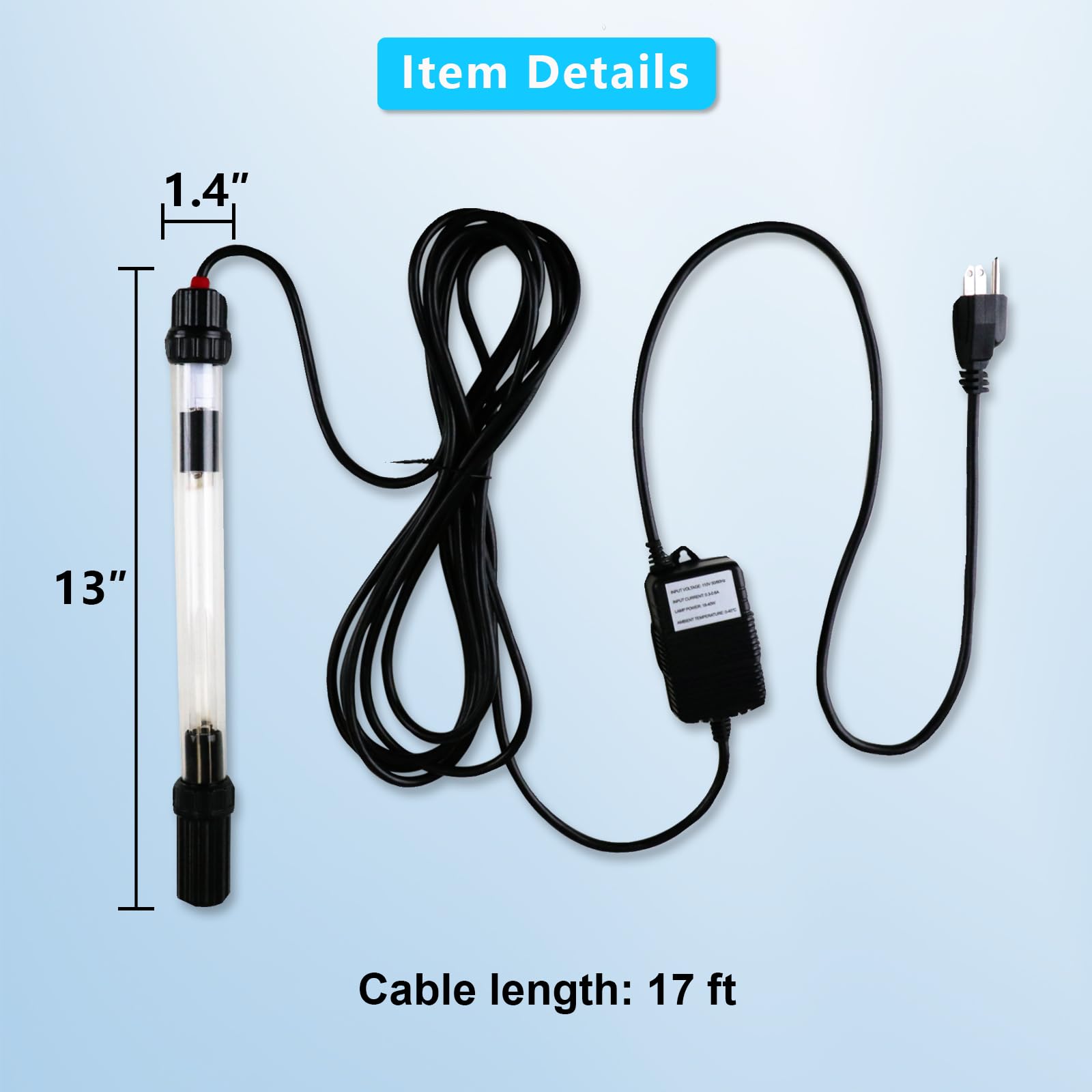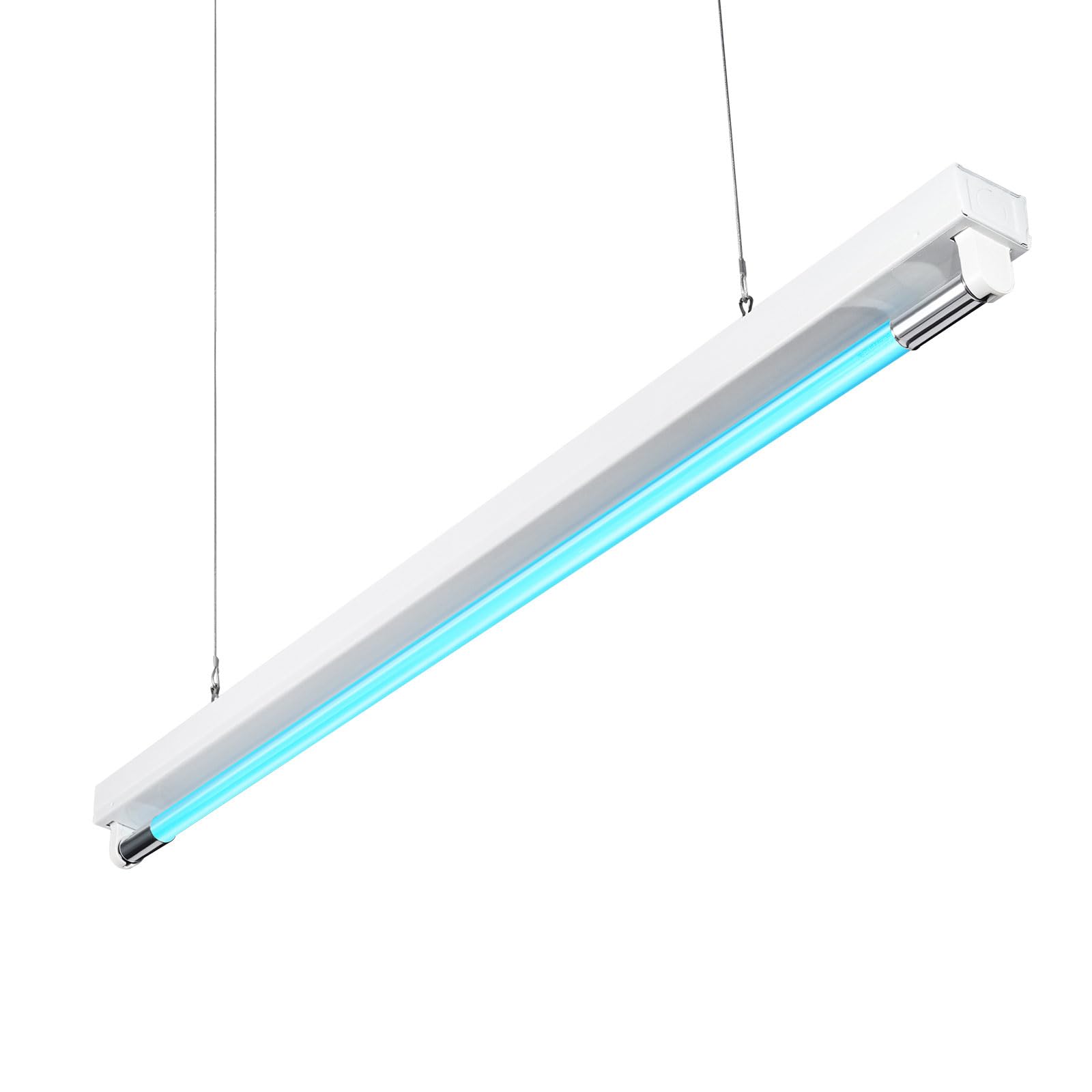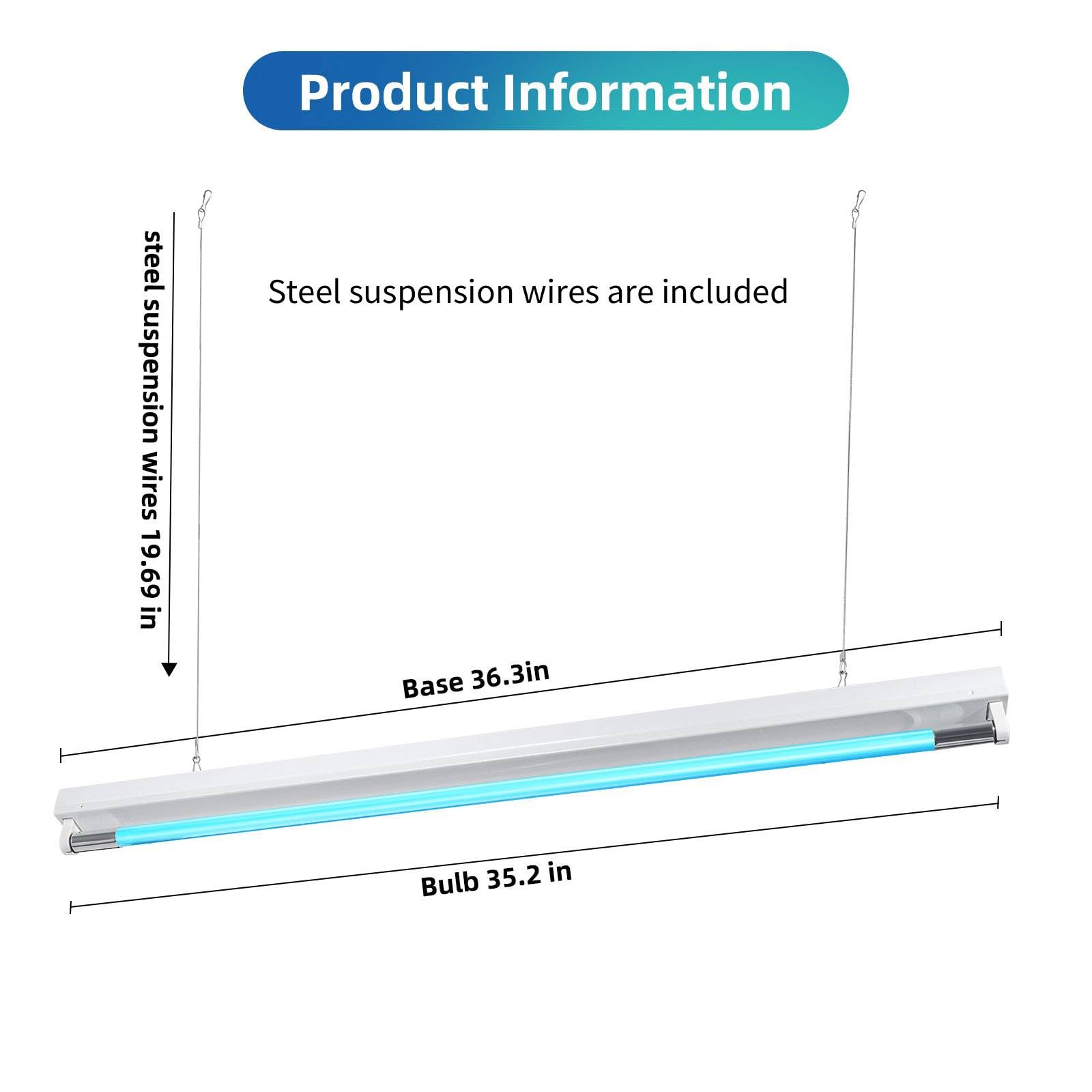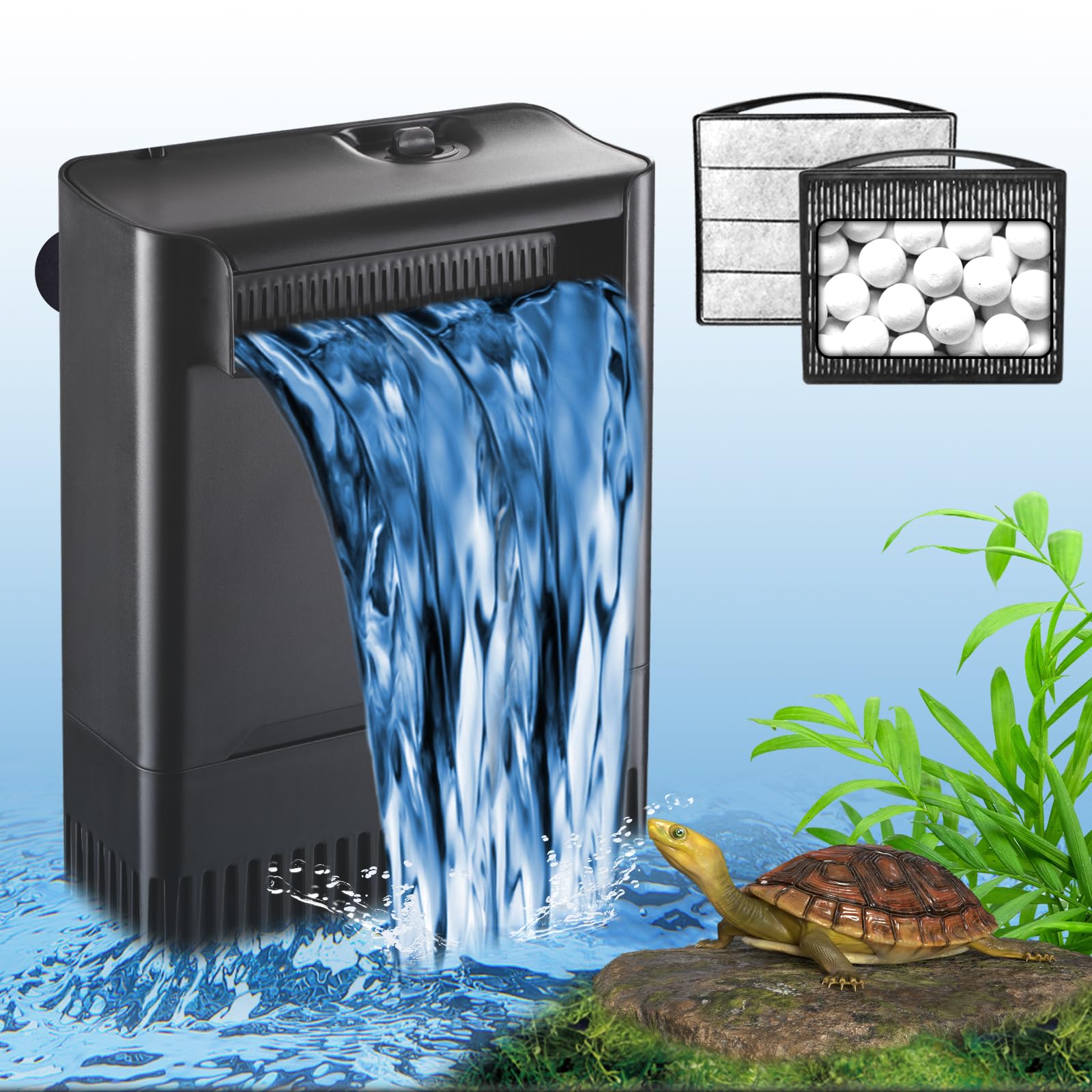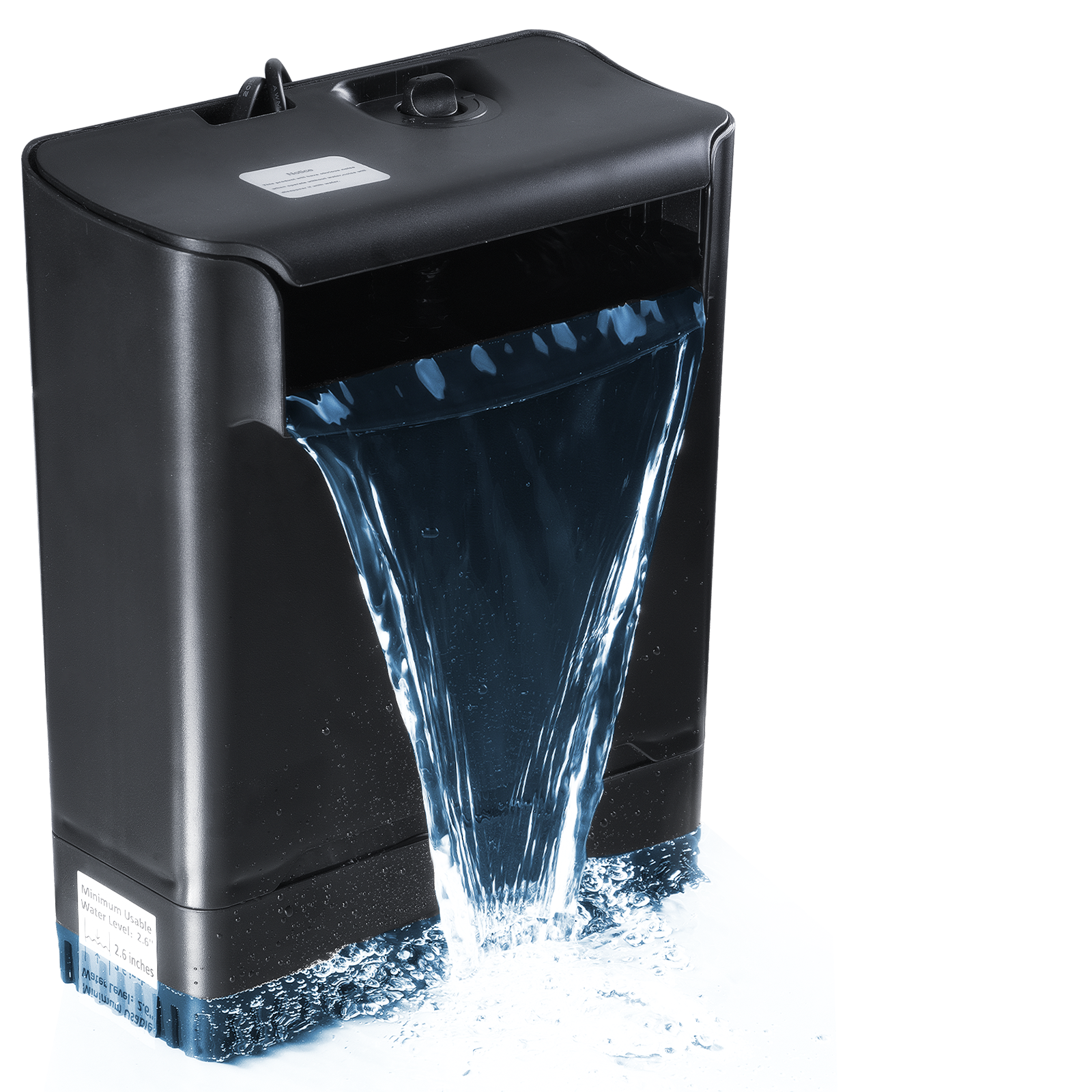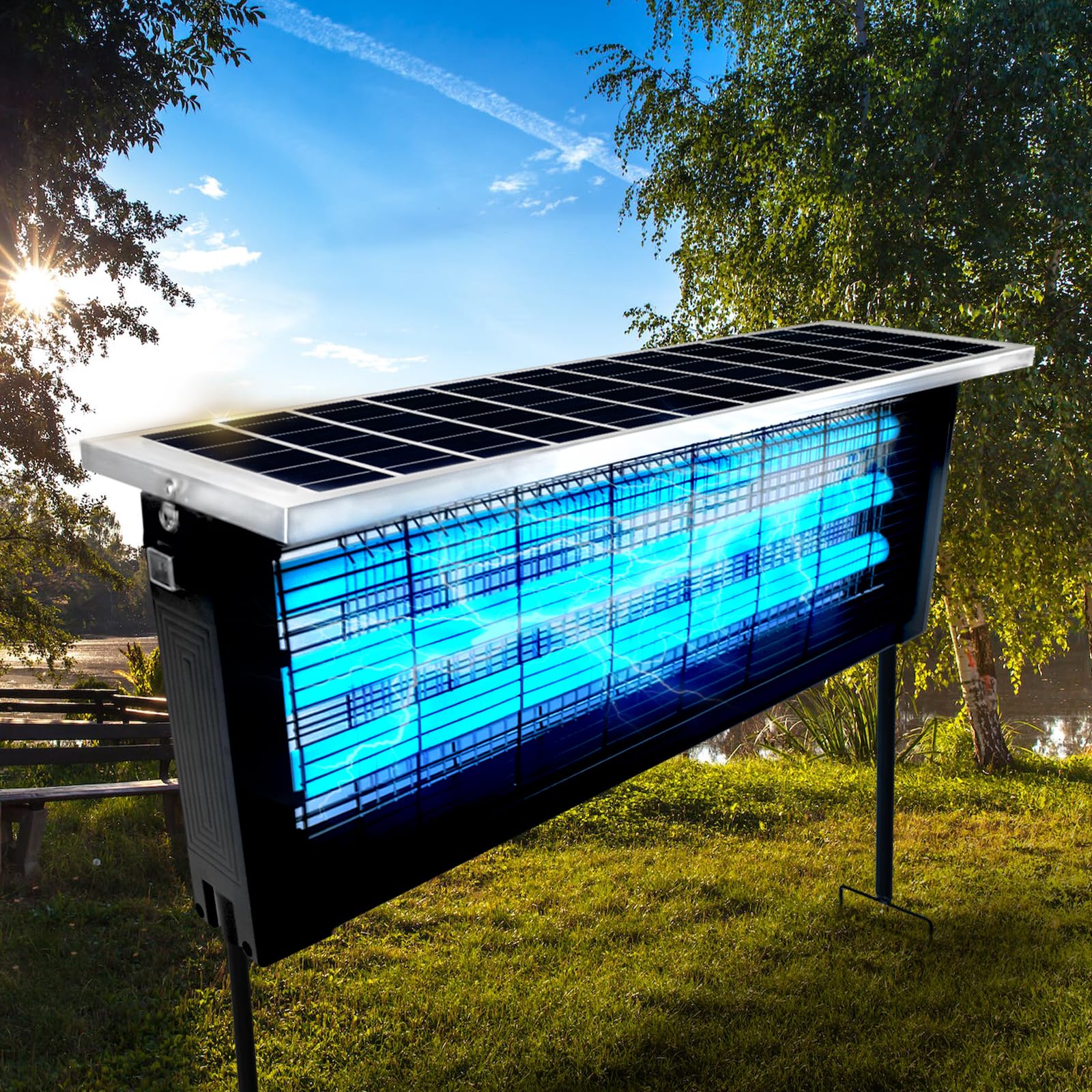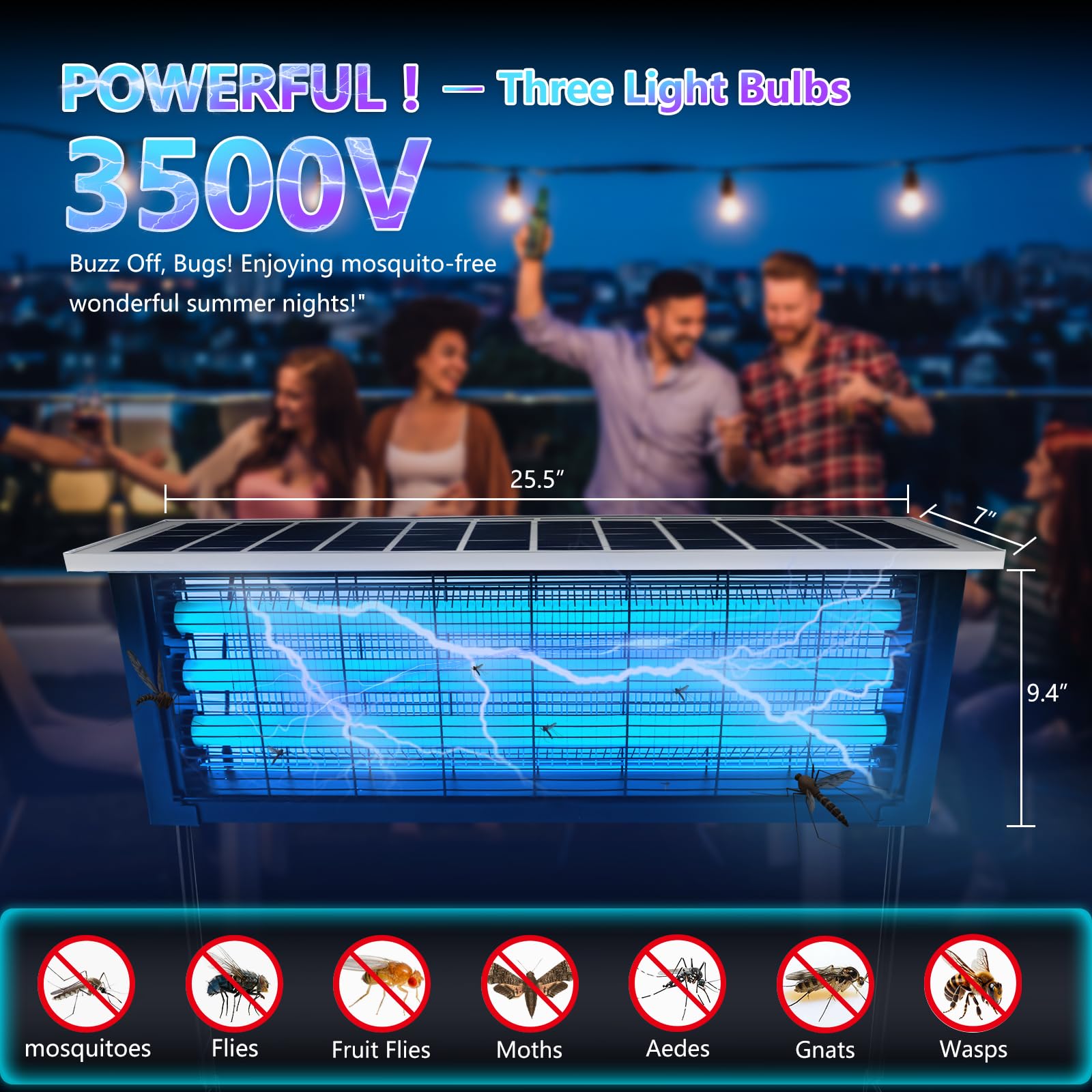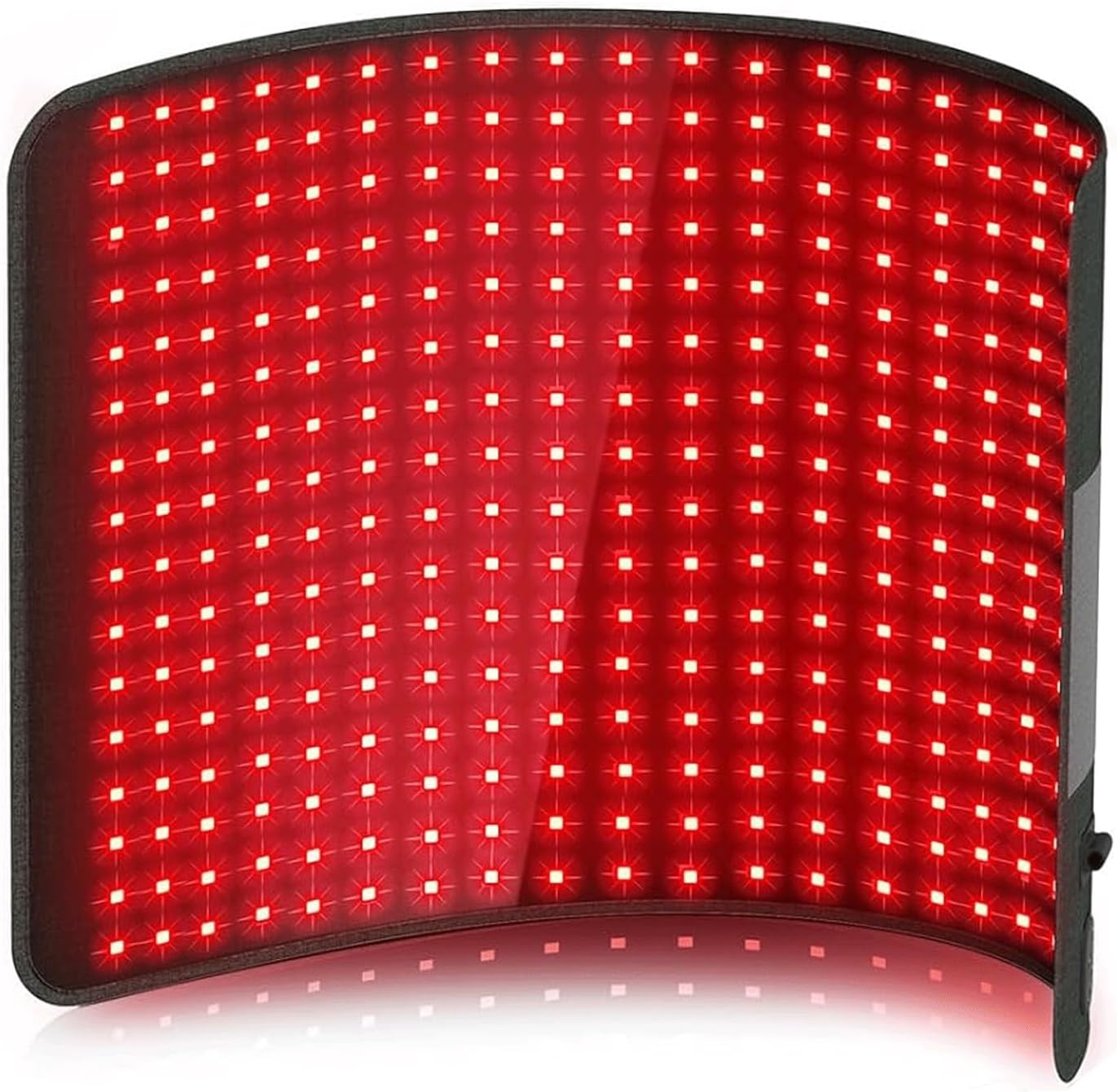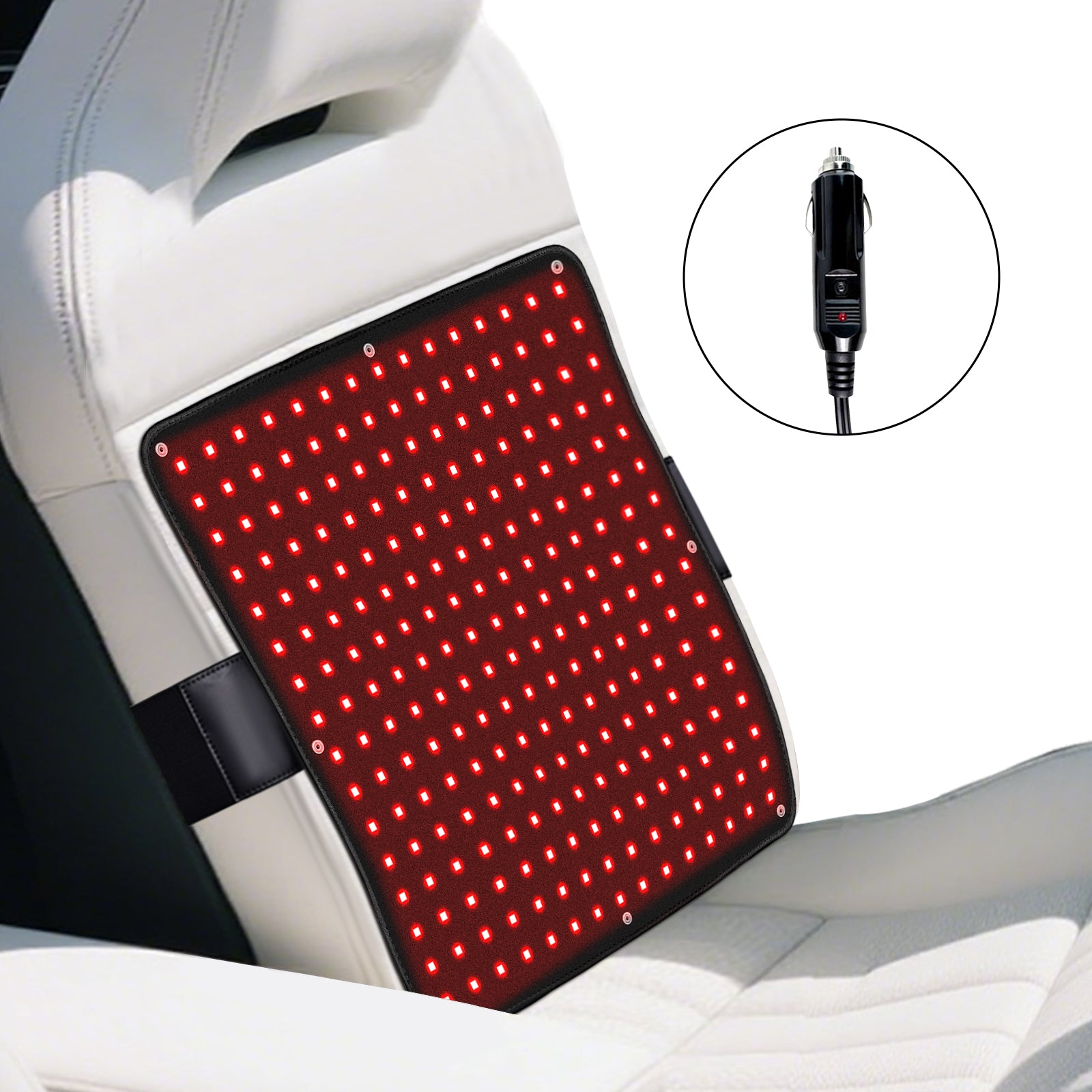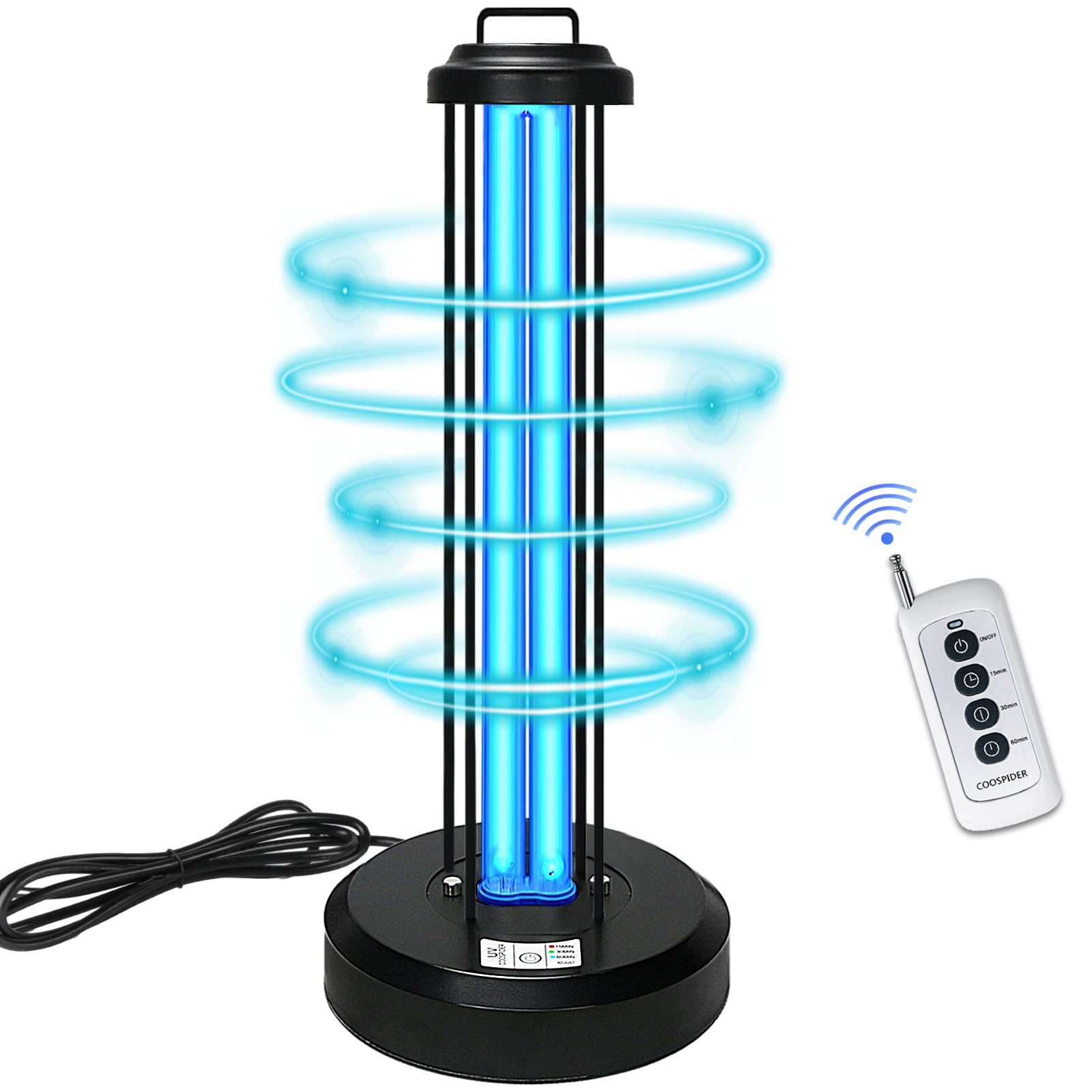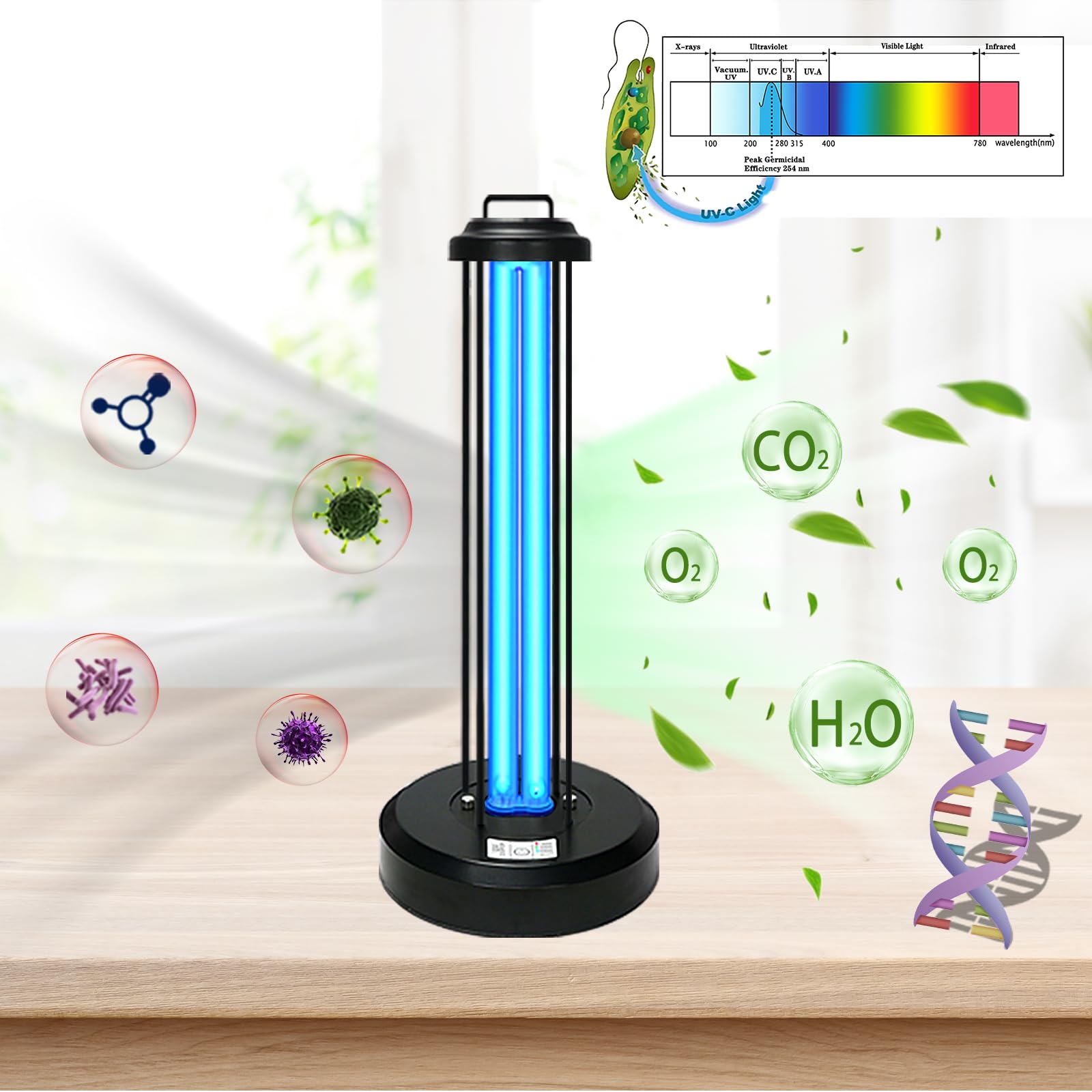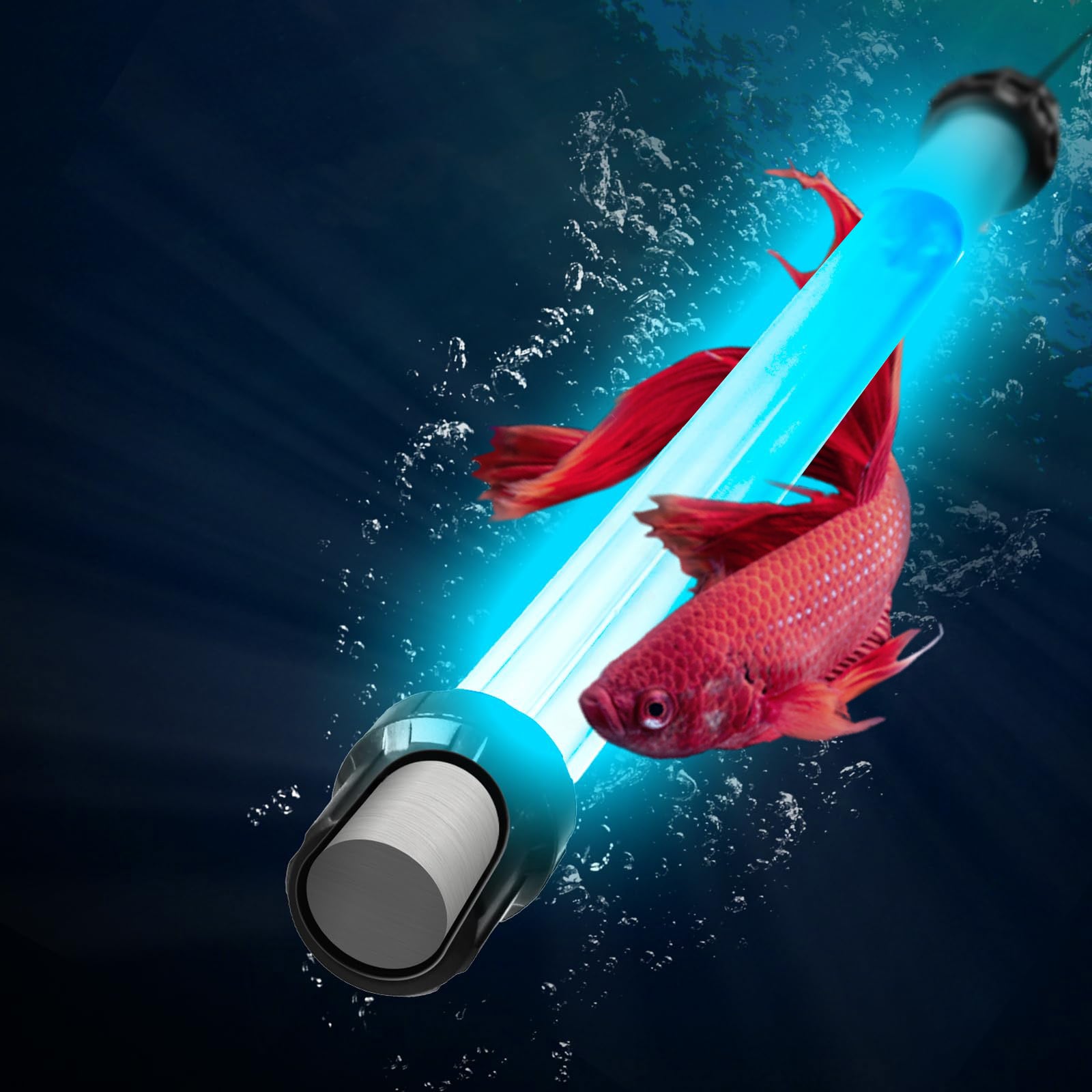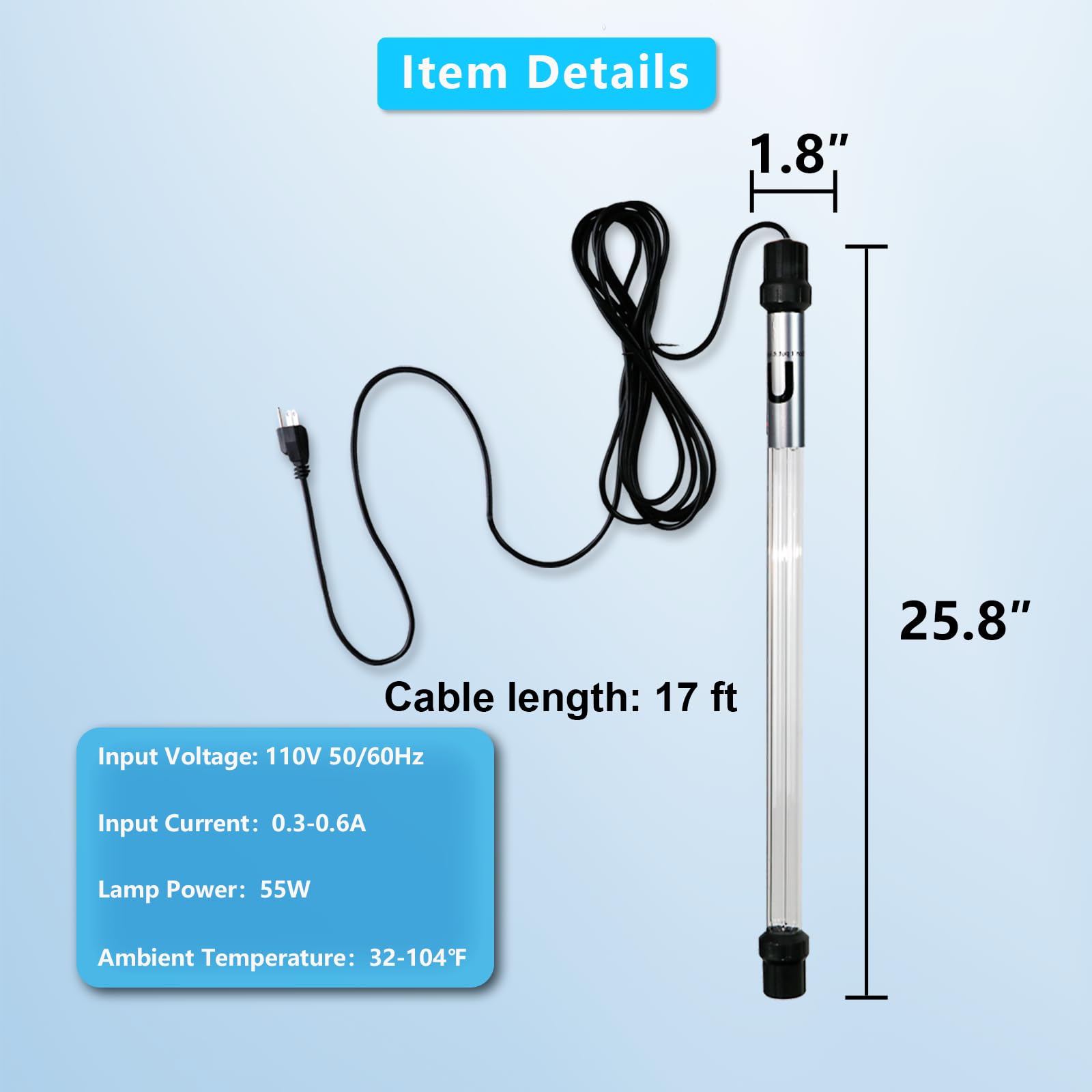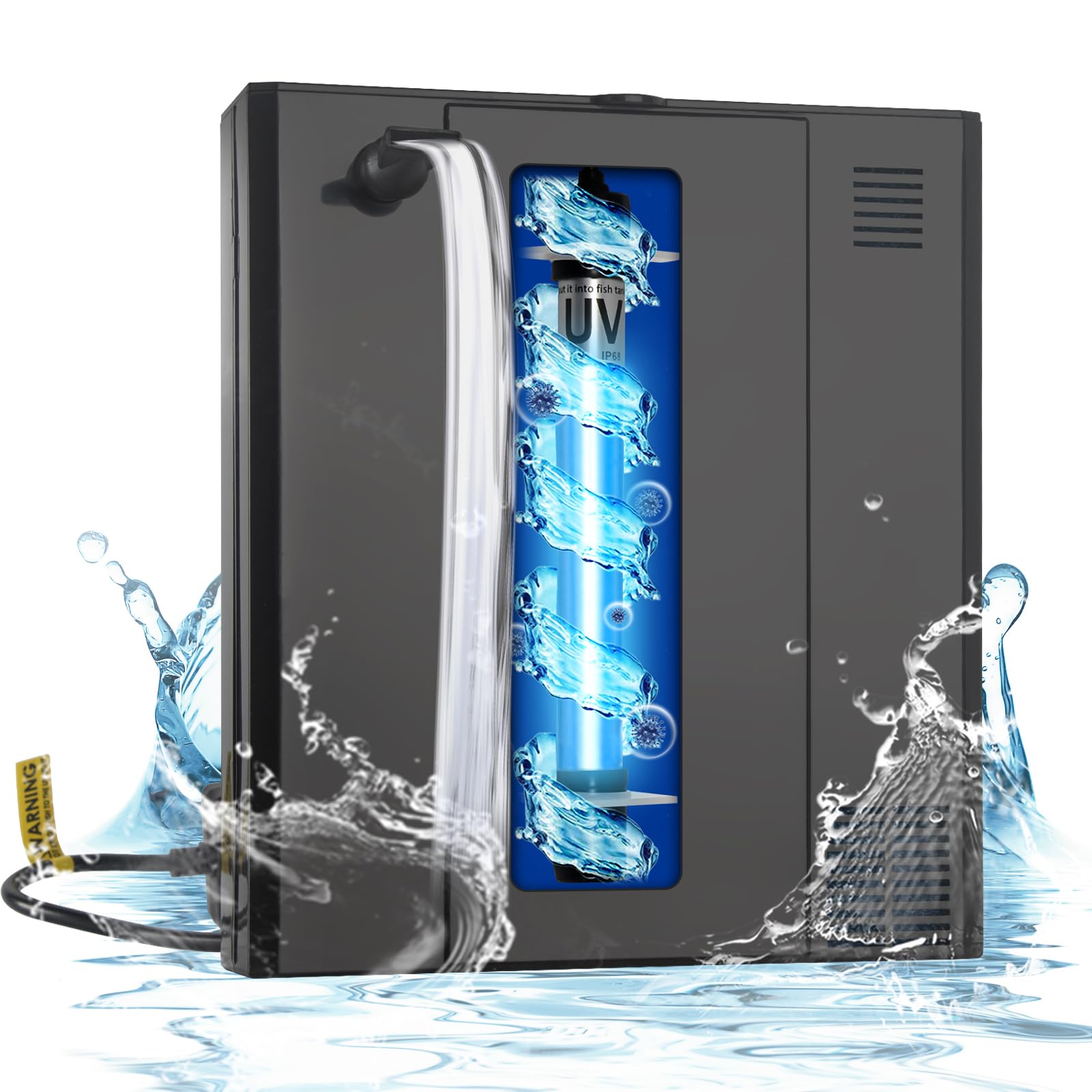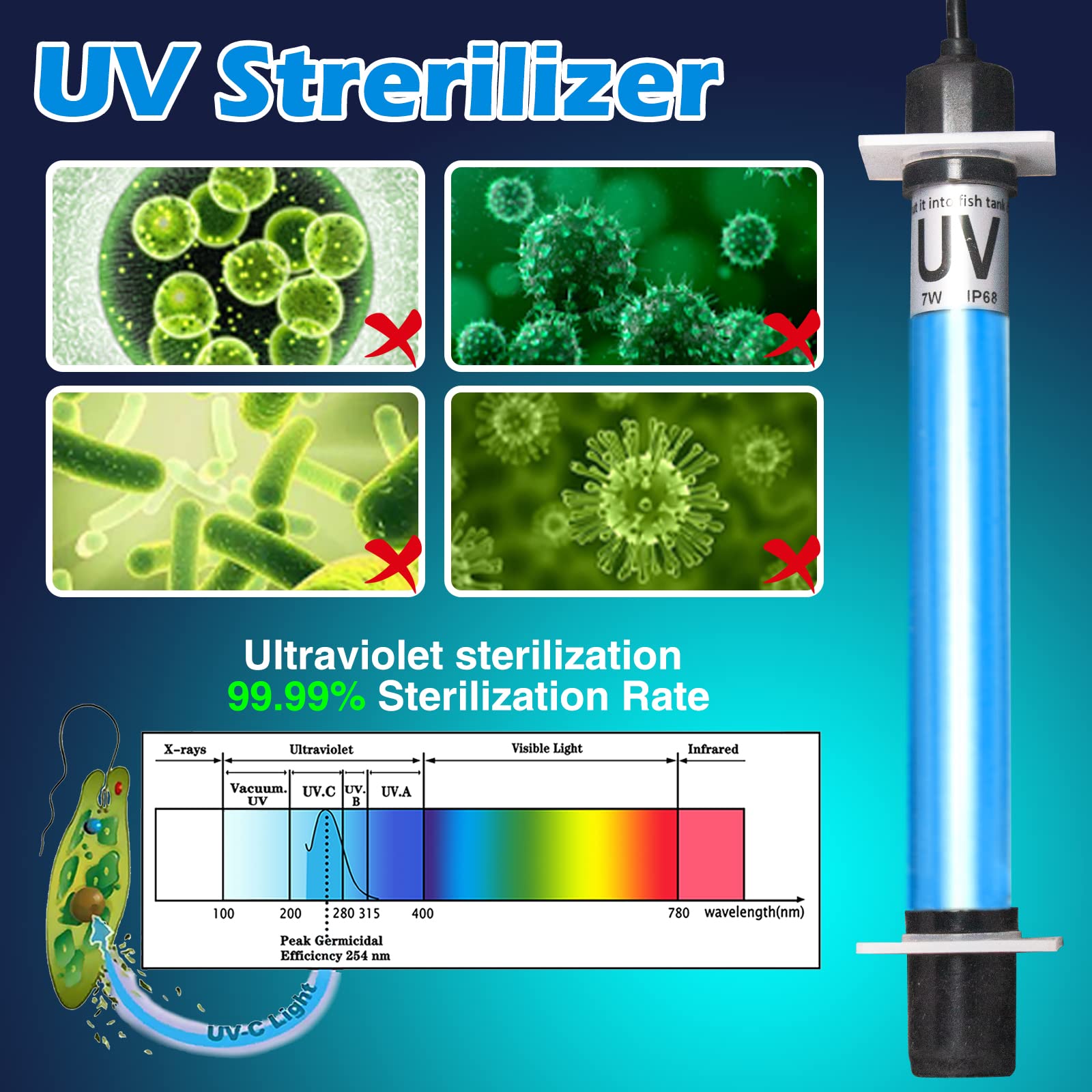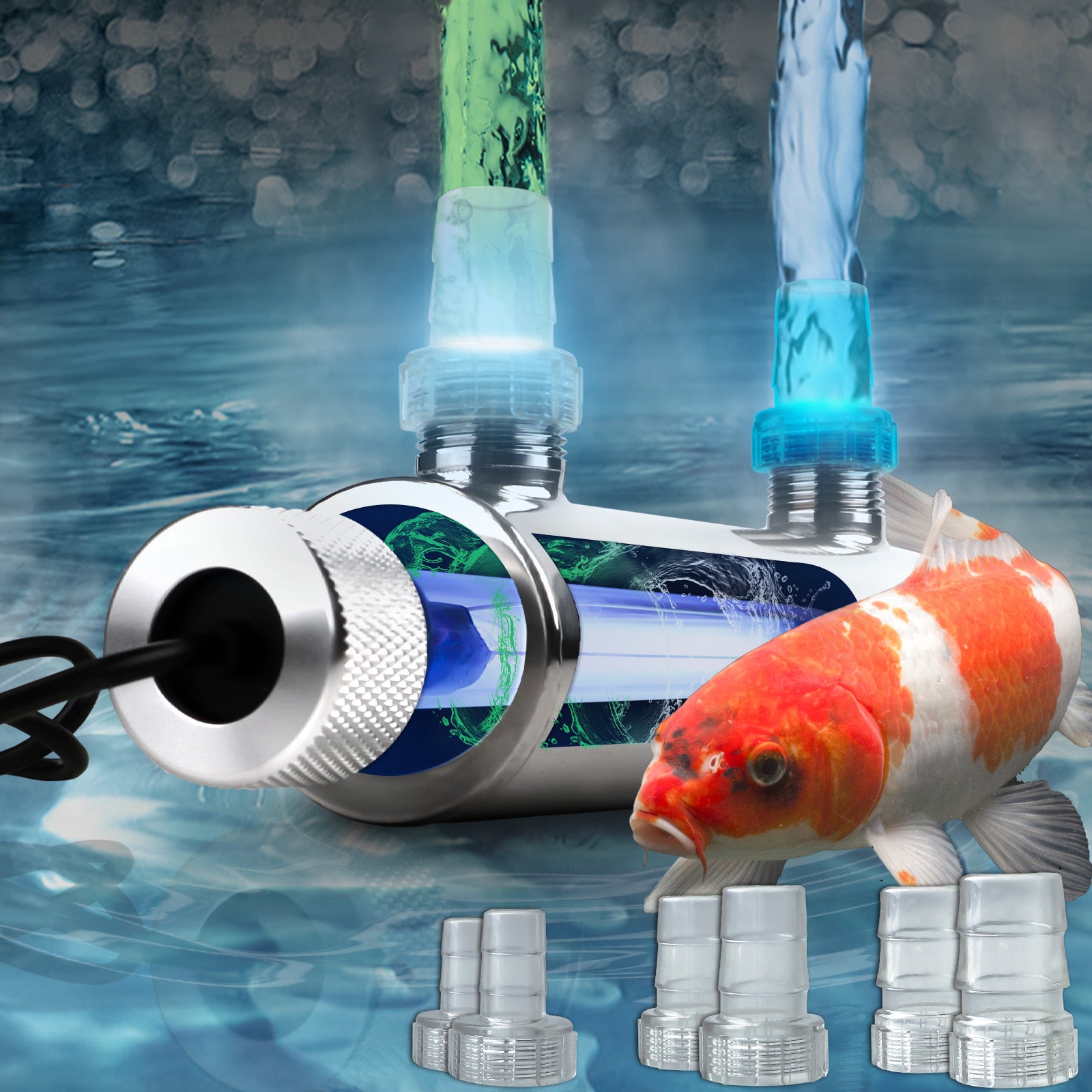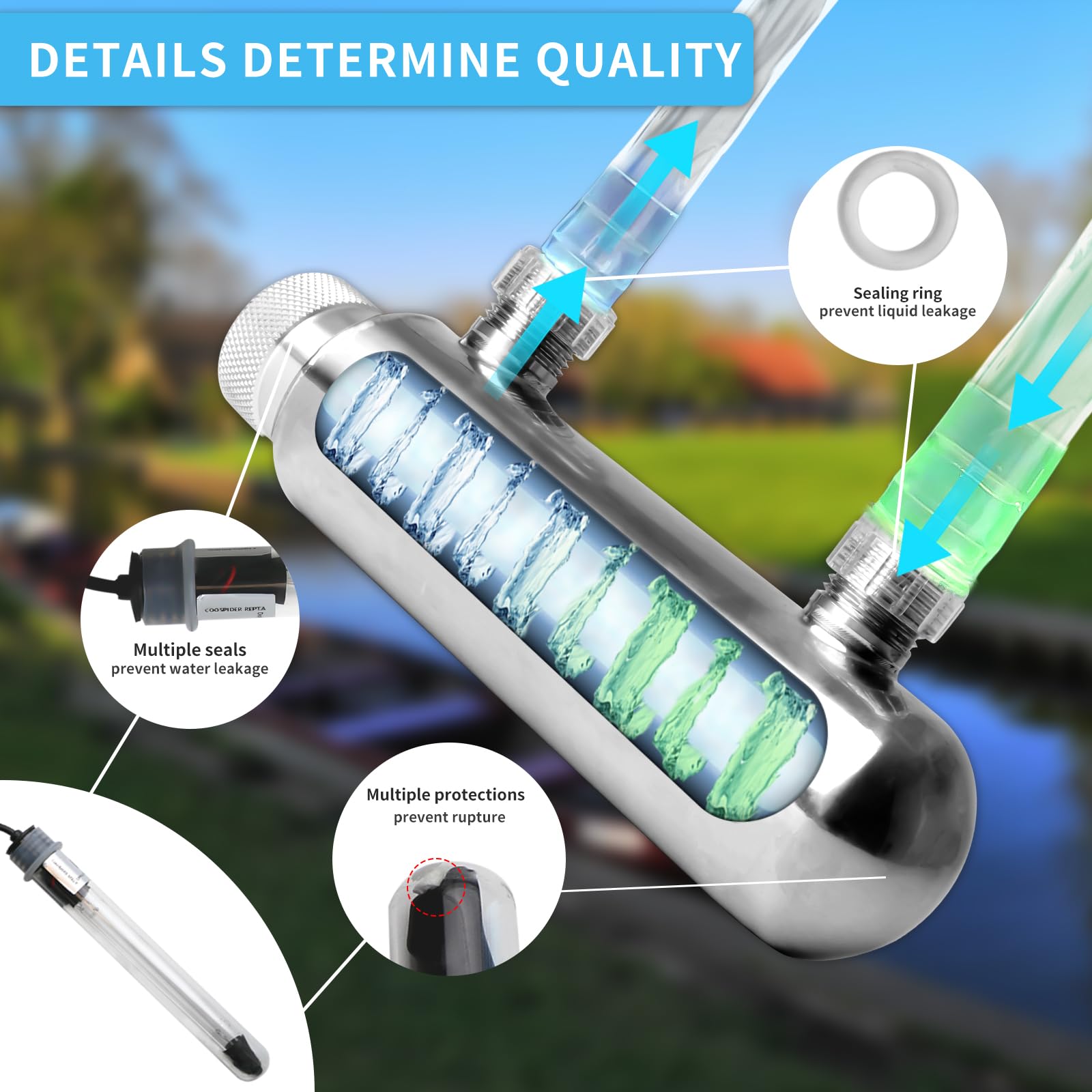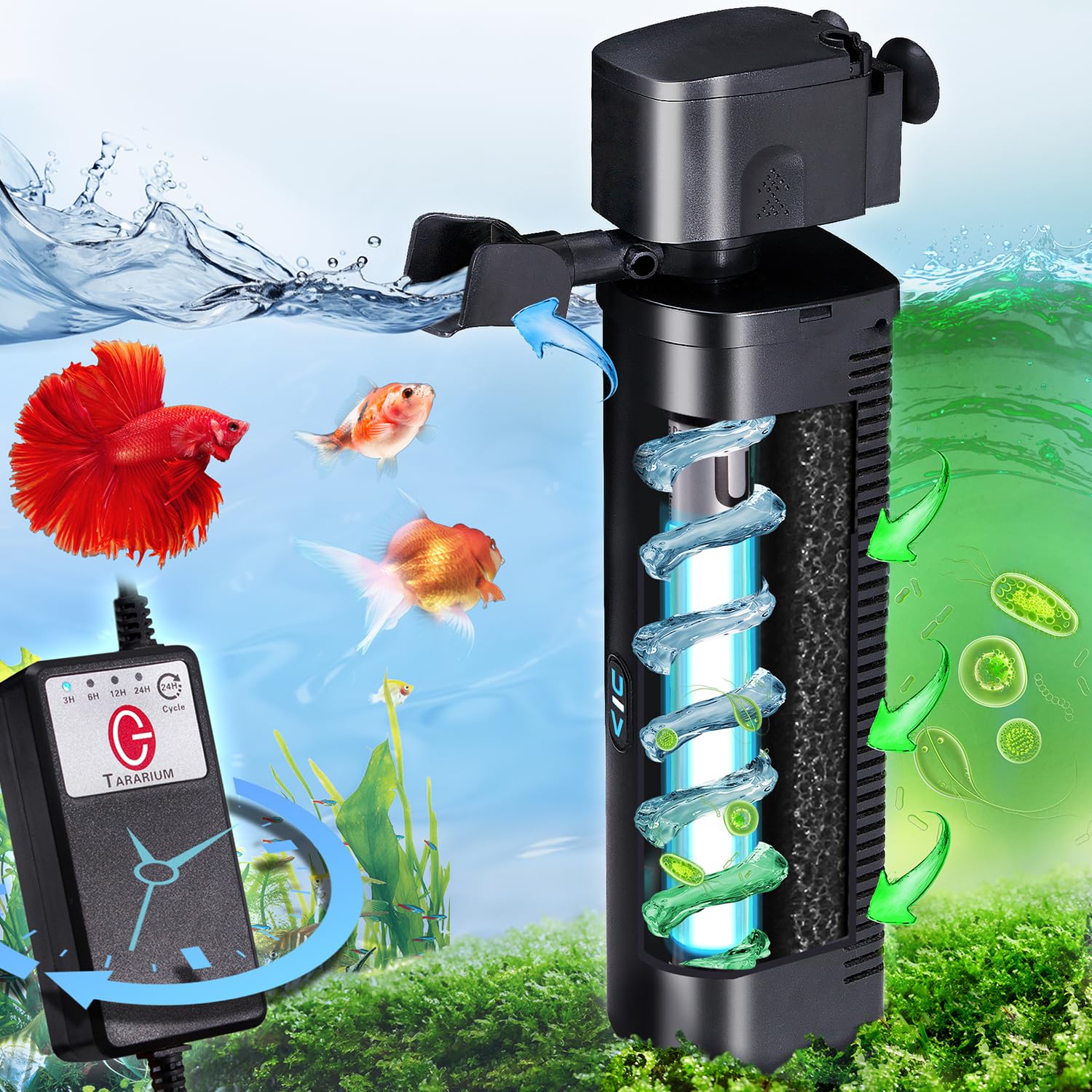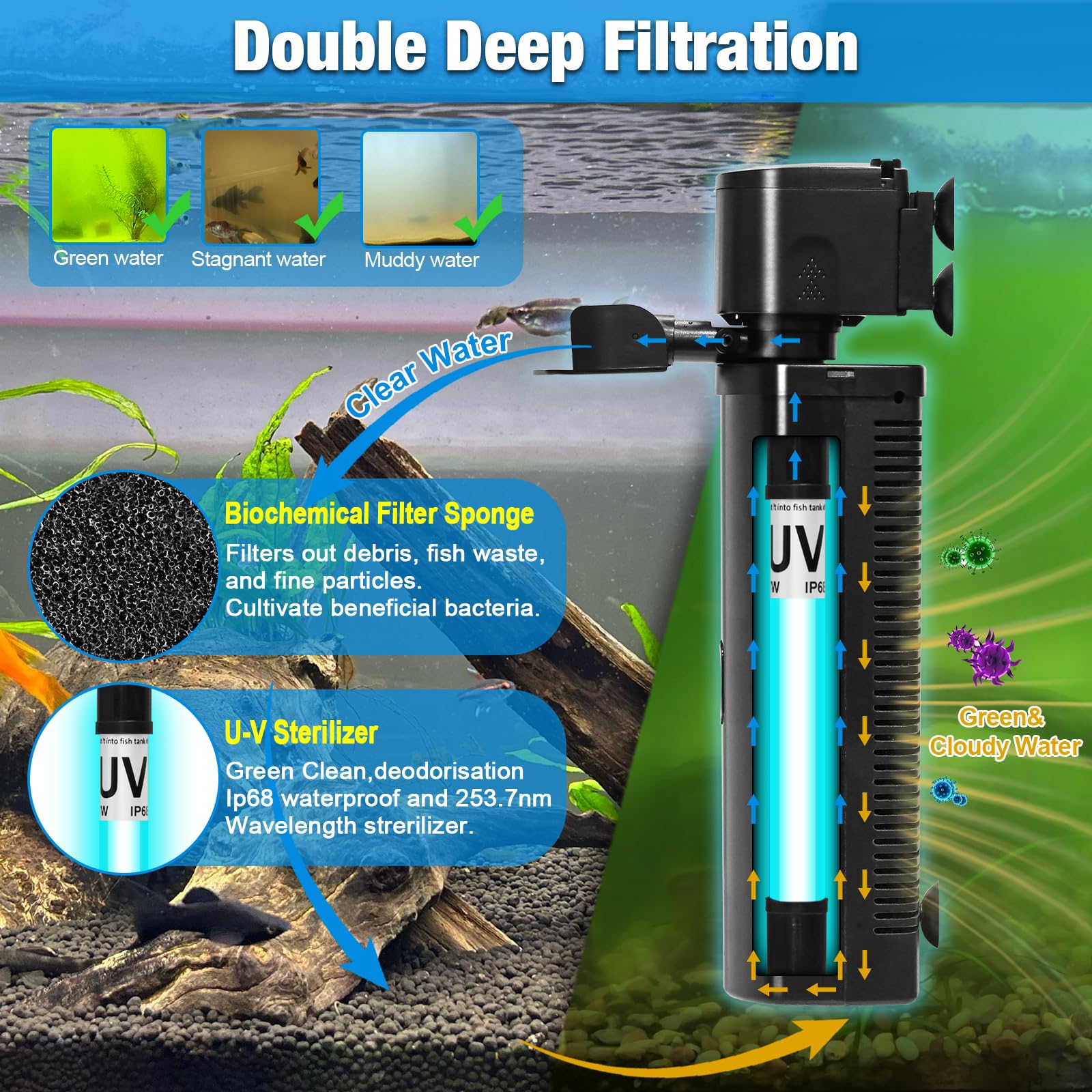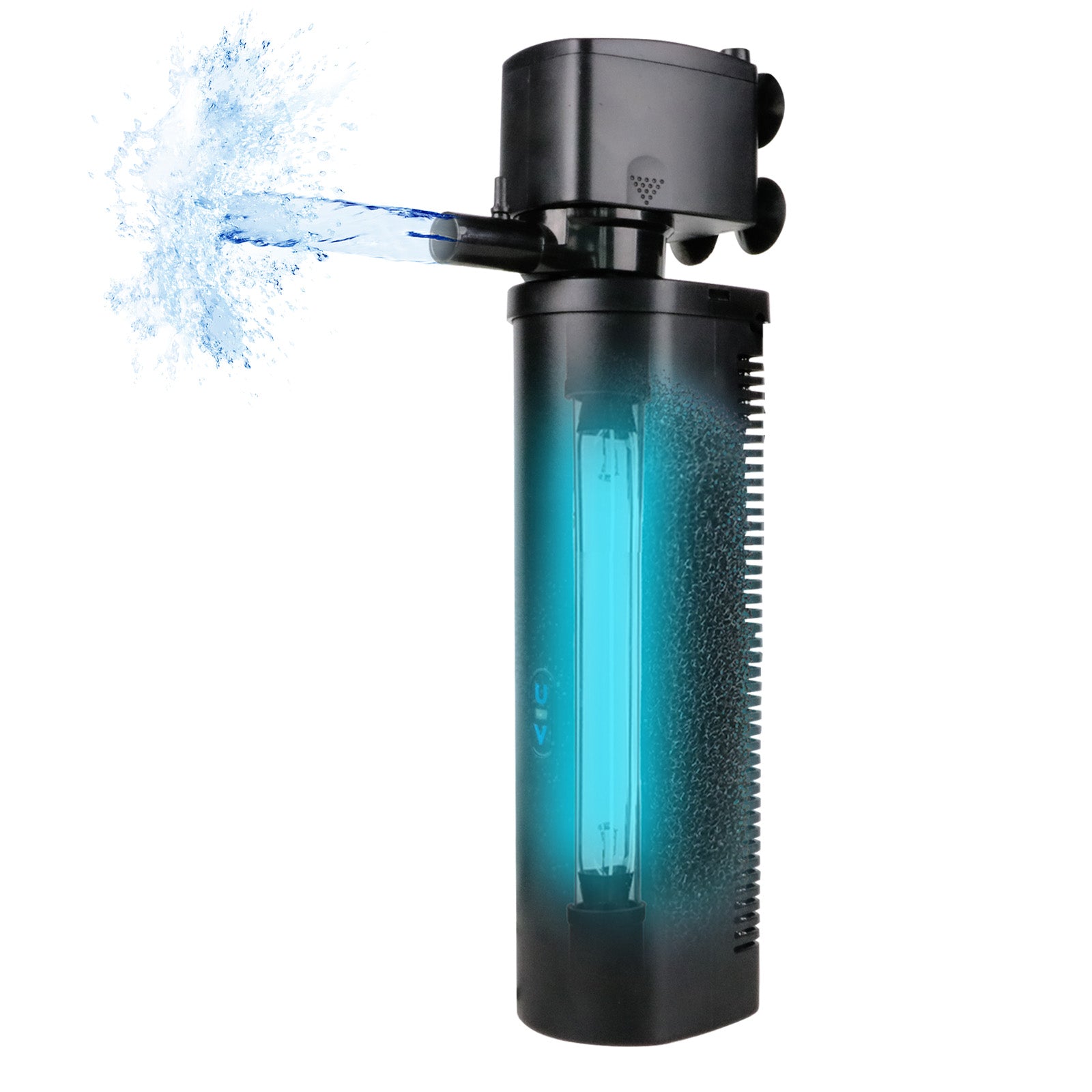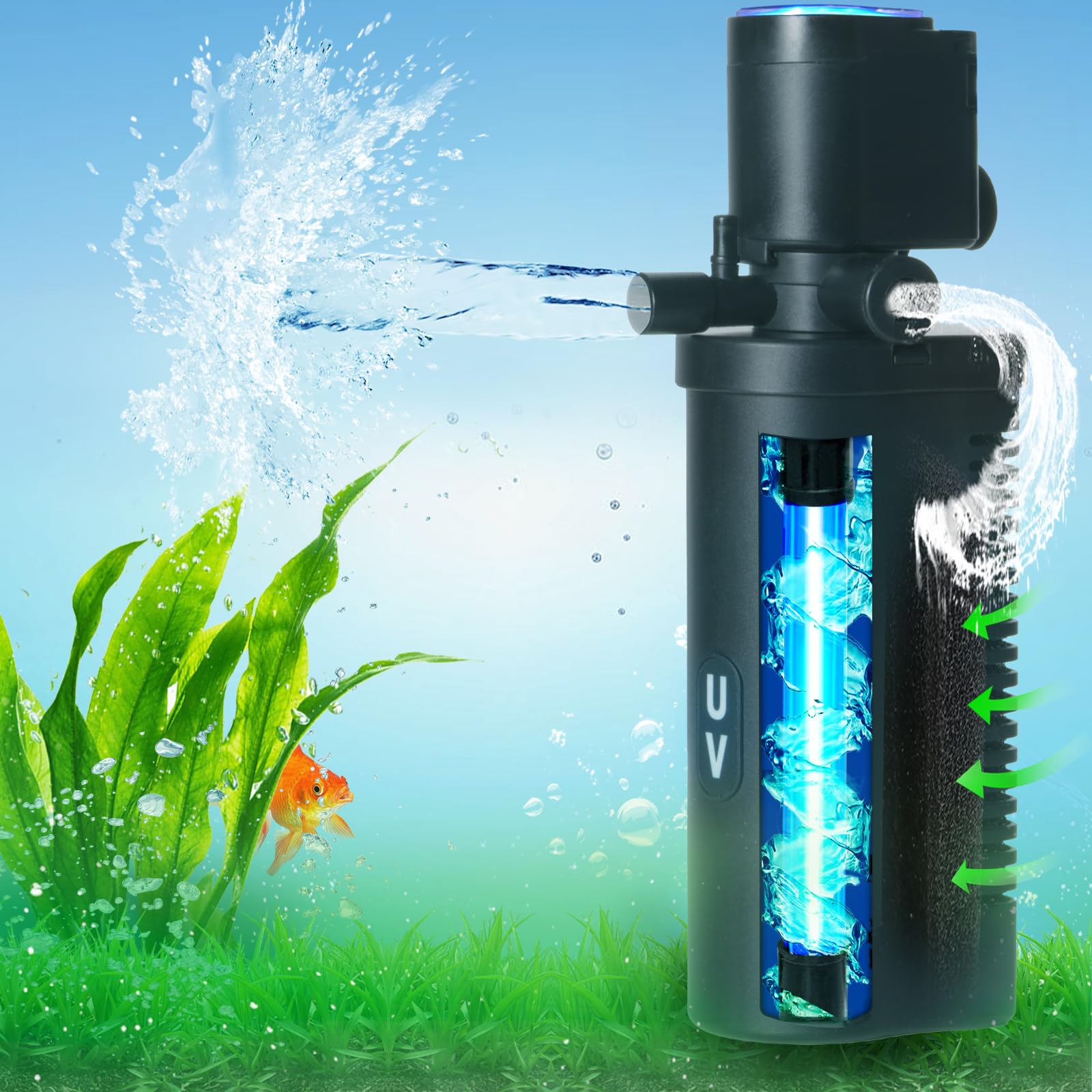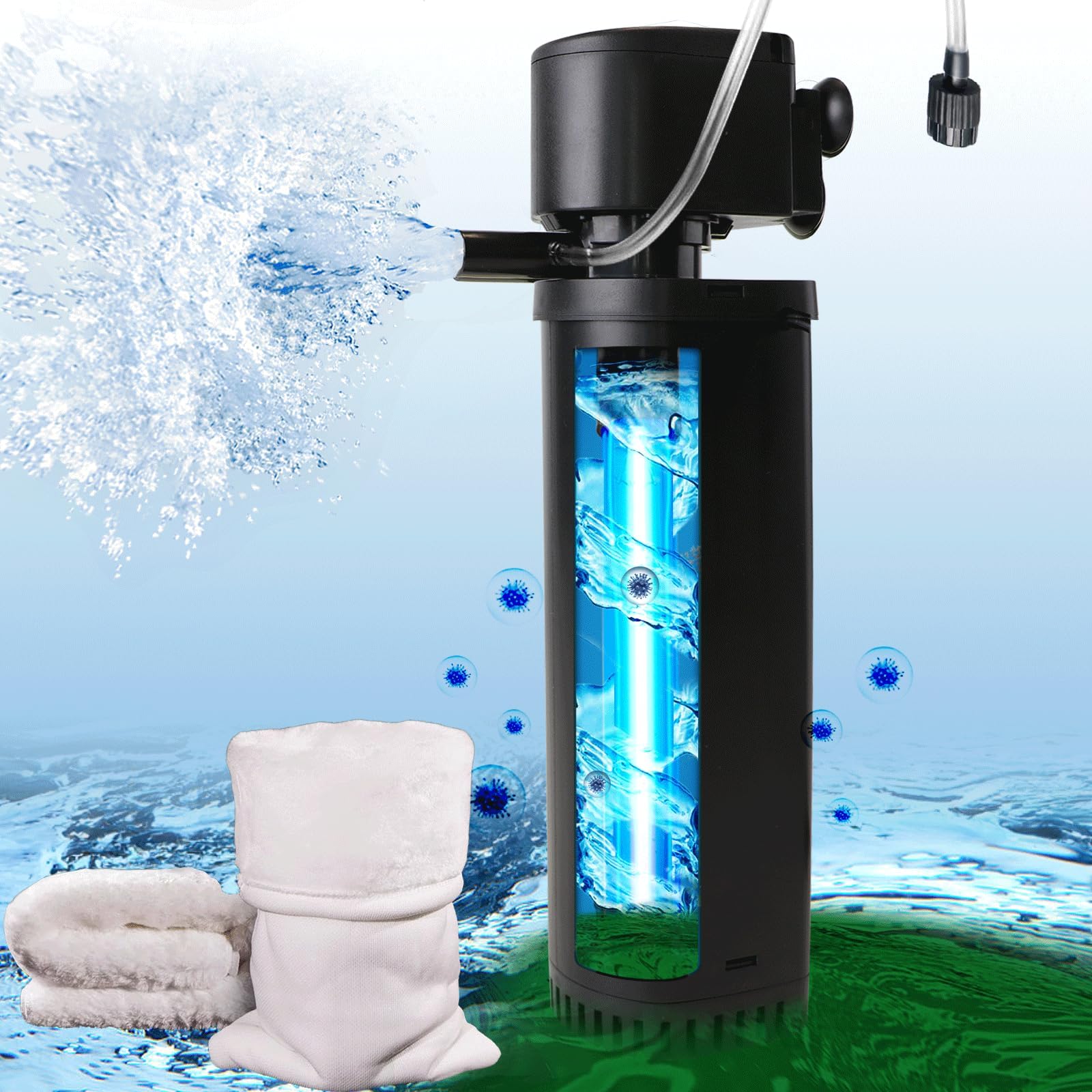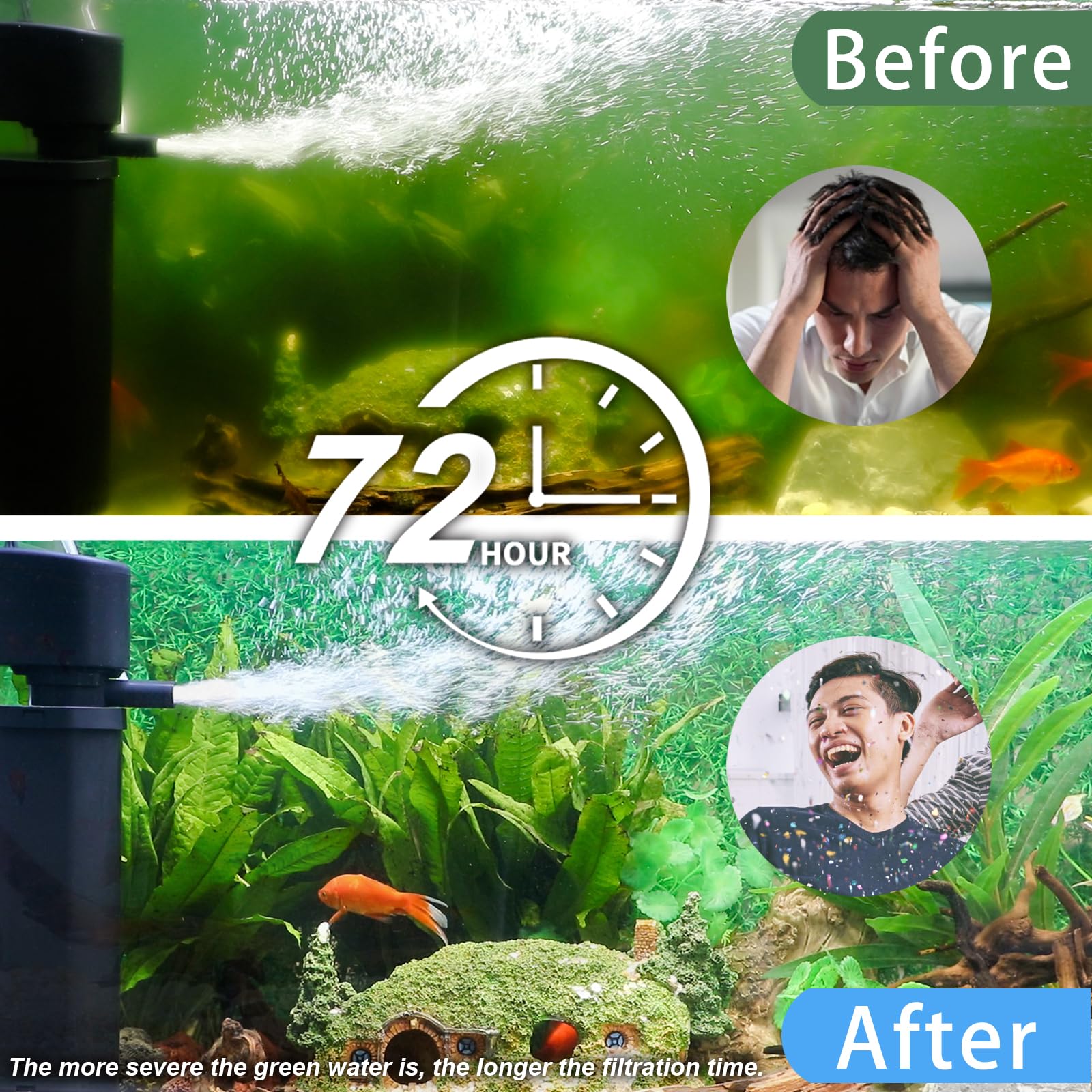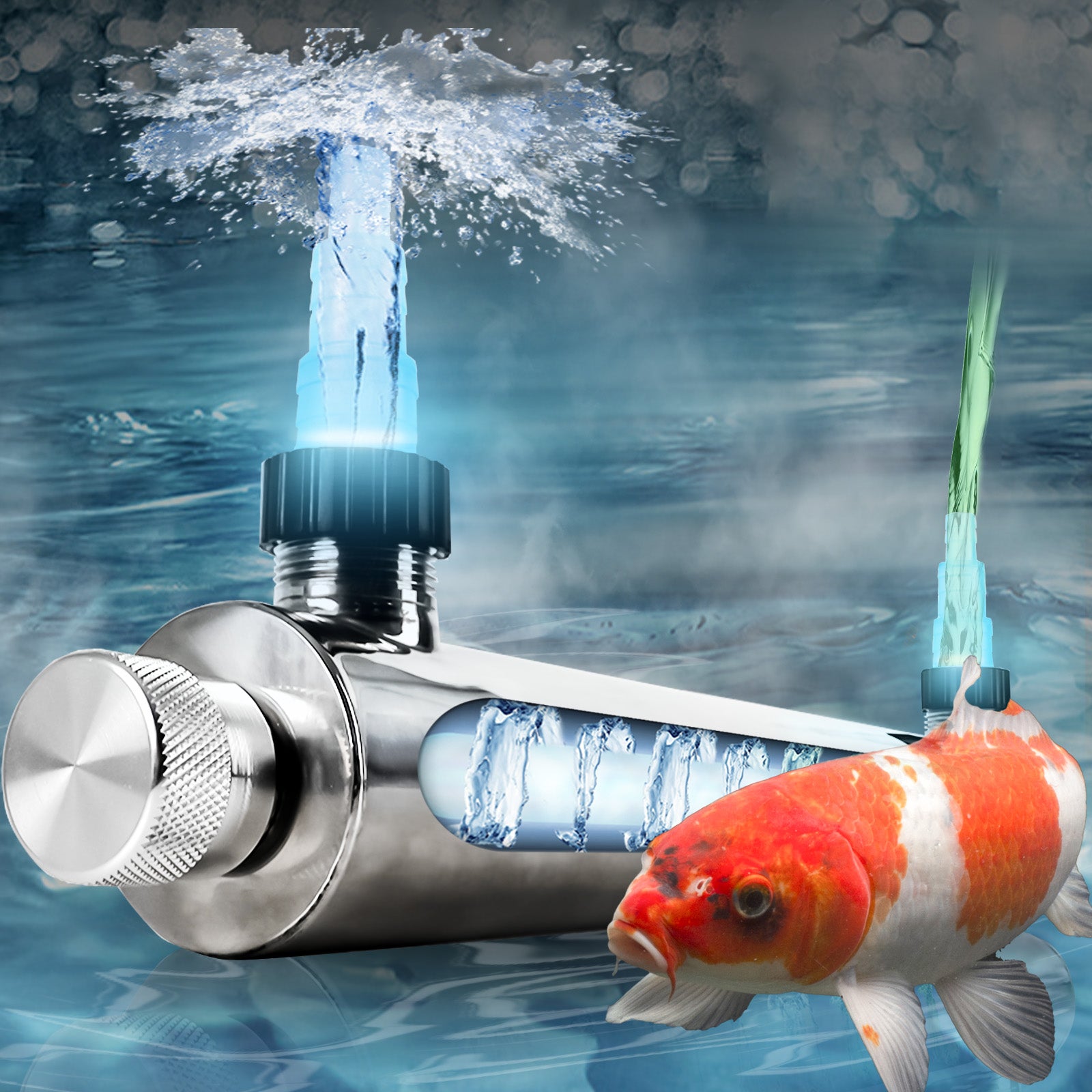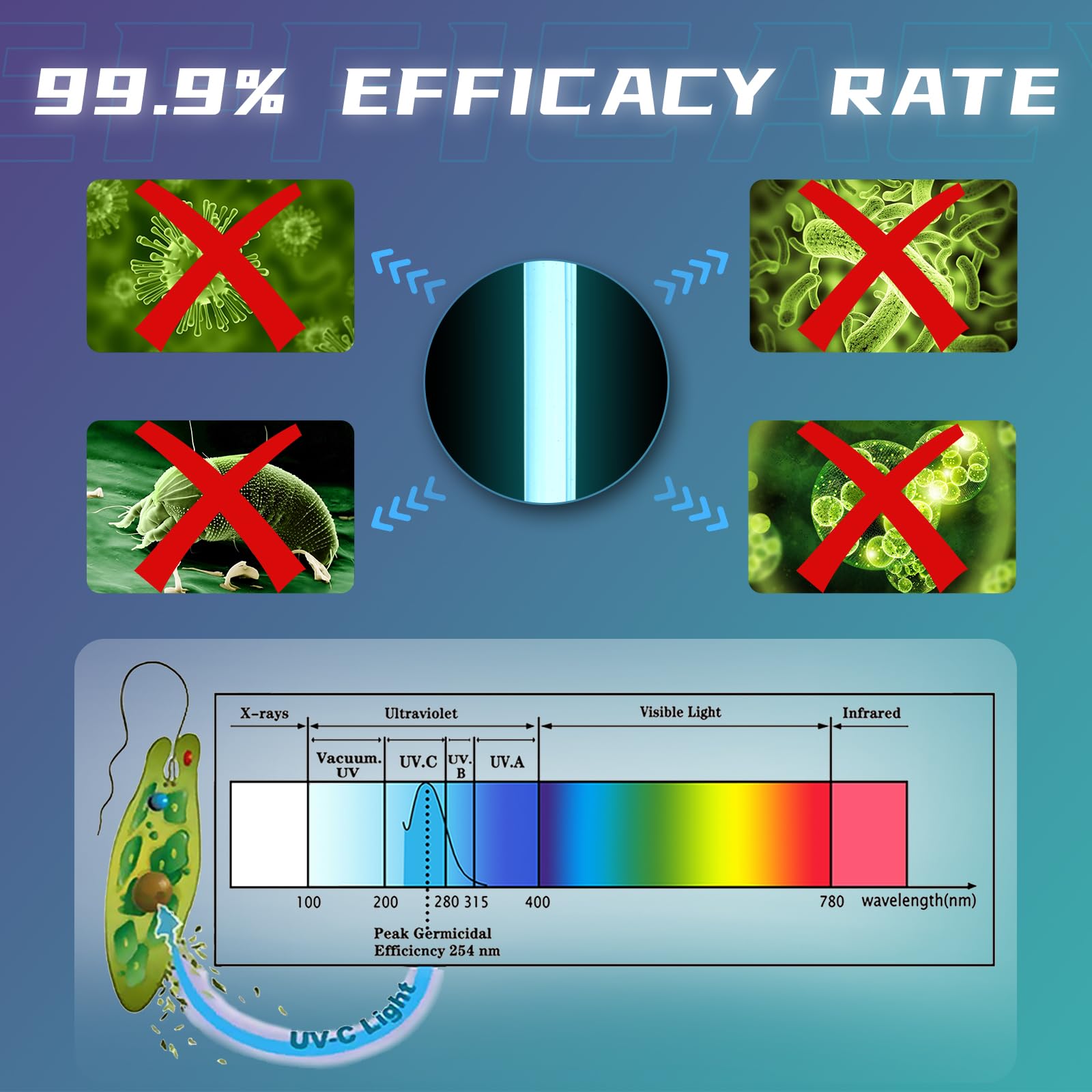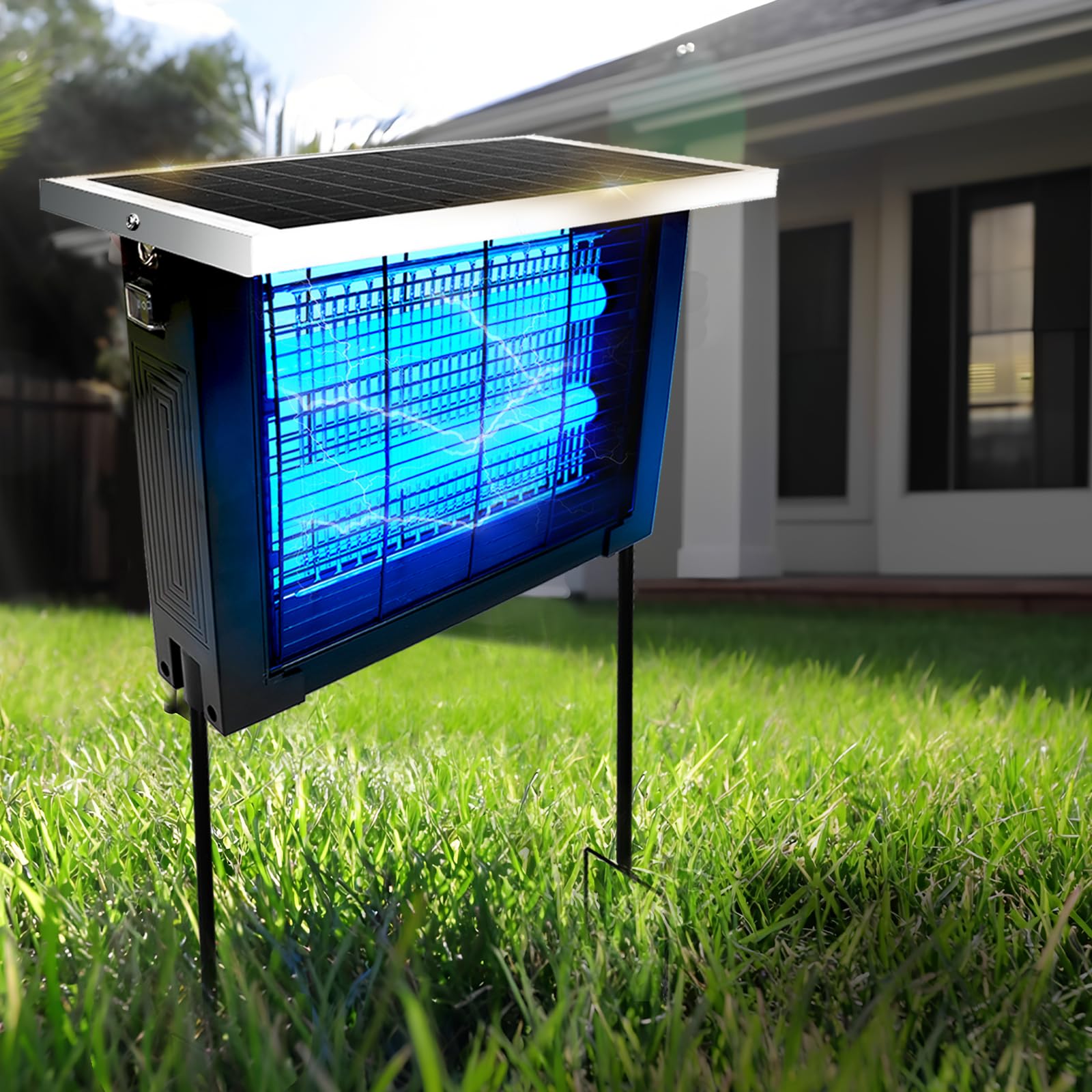The Complete Guide to Koi Diseases: Identification, Treatment & Prevention (6,000-Word Expert Handbook)
Introduction: Why Every Koi Keeper Needs This Guide
Koi are hardy fish, but poor water quality, stress, and pathogens can lead to devastating diseases. Without quick action, an outbreak can wipe out your entire pond. This 6,000-word manual will teach you:
✅ How to spot early symptoms (before it’s too late)
✅ Step-by-step treatments (medications, water fixes, quarantine)
✅ Prevention strategies (filtration, nutrition, biosecurity)
✅ Common misdiagnoses (and how to avoid them)
Let’s dive in and keep your koi healthy for decades!
Chapter 1: The 4 Deadliest Koi Diseases (And How to Stop Them)
1.1 Koi Herpesvirus (KHV) – The Silent Killer
🔴 Symptoms:
- Lethargy, sunken eyes
- Gill necrosis (white patches)
- Sudden mass deaths (90% mortality)
🛡️ Prevention:
- Quarantine new fish for 4+ weeks
- Avoid temperature fluctuations (triggers outbreaks)
💊 Treatment:
❌ No cure—infected fish must be euthanized to protect others.
1.2 Aeromonas & Pseudomonas (Ulcer Disease)
🔴 Symptoms:
- Red sores, rotting fins
- Bloated abdomen (dropsy)
- Lethargy, loss of appetite
🛡️ Prevention:
- Keep water pristine (0 ammonia, 0 nitrites)
- Avoid overcrowding
💊 Treatment:
- Antibiotics (Kanamycin, Oxytetracycline)
- Salt bath (0.3% for 5 minutes)
1.3 Ich (White Spot Disease)
🔴 Symptoms:
- Salt-like white spots on fins/body
- Flashing (rubbing against objects)
- Rapid breathing
🛡️ Prevention:
- UV sterilizer (kills free-swimming parasites)
- Quarantine new plants/fish
💊 Treatment:
- Malachite green (follow dosage carefully)
- Raise temp to 80°F (speeds up life cycle)
1.4 Costia (The Invisible Killer)
🔴 Symptoms:
- Slimy, grayish film on skin
- Clamped fins
- Sudden deaths (especially in juveniles)
🛡️ Prevention:
- Regular salt dips (0.3% for 5 min)
- Avoid stress (poor water = outbreaks)
💊 Treatment:
- Formalin baths (use with caution)
- Potassium permanganate (last resort)
Chapter 2: Fungal & Bacterial Infections (Diagnosis & Cures)
2.1 Saprolegnia (Cotton Wool Disease)
🔴 Symptoms:
- White cotton-like growths
- Usually follows physical injury
💊 Treatment:
- Salt bath (0.3%)
- Methylene blue (spot treatment)
2.2 Columnaris (Mouth Fungus – But It’s Bacterial!)
🔴 Symptoms:
- White/gray patches on mouth
- Ragged fins
- Rapid gill necrosis
💊 Treatment:
- Oxytetracycline (in food)
- Improve water flow (low oxygen worsens it)
2.3 Dropsy (Kidney Failure)
🔴 Symptoms:
- Pinecone scales (bloating)
- Bulging eyes
- Lethargy
💊 Treatment:
- Epsom salt bath (1 tbsp/gal for 15 min)
- Antibiotics (if caught early)
⚠️ Warning: Dropsy is often fatal—isolate immediately!
Chapter 3: Parasites – How to Spot & Eliminate Them
3.1 Flukes (Skin & Gill Variants)
🔴 Symptoms:
- Excess mucus production
- Gasping at surface
- Red streaks on body
💊 Treatment:
- Praziquantel (best for flukes)
- Salt dip (0.3% for 5 min)
3.2 Anchor Worms (Lernaea)
🔴 Symptoms:
- Visible worm-like attachments
- Red, inflamed skin
💊 Treatment:
- Manual removal with tweezers (dab with iodine)
- Dimilin (for severe infestations)
3.3 Fish Lice (Argulus)
🔴 Symptoms:
- Flat, disc-like parasites
- Scratching against objects
💊 Treatment:
- Potassium permanganate (1-2 ppm bath)
- Salt dip (0.3%)
Chapter 4: Non-Infectious Health Problems (Water & Nutrition Issues)
4.1 Ammonia Poisoning
🔴 Symptoms:
- Gasping at surface
- Red, inflamed gills
- Lethargy
✅ Fix:
- 50% water change immediately
- Add Prime® to detoxify
4.2 Nitrite Poisoning (Brown Blood Disease)
🔴 Symptoms:
- Rapid gill movement
- Tan/brown gills
- Fish may appear "drunk"
✅ Fix:
- Salt at 0.1% (protects blood cells)
- Increase aeration
4.3 Swim Bladder Disorder
🔴 Symptoms:
- Floating upside-down
- Difficulty maintaining balance
✅ Fix:
- Feed peas (helps digestion)
- Lower water temp (reduces buoyancy issues)
Chapter 5: The Ultimate Koi Disease Prevention Plan
5.1 Quarantine Protocol (Must-Do for New Fish)
✔ 4-week minimum isolation
✔ Treat with broad-spectrum meds (e.g., Prazi + General Cure)
5.2 Water Quality Checklist
- Ammonia/Nitrites = 0 ppm
- Nitrates < 40 ppm
- pH 7.0–8.5
- KH > 100 ppm
5.3 Nutrition for Immunity
✔ High-quality koi food (with garlic for parasite resistance)
✔ Probiotics (boost gut health)
5.4 Seasonal Health Checks
- Spring: De-worming treatment
- Summer: Watch for parasites
- Fall: Boost nutrition before winter
- Winter: Stop feeding below 50°F
Final Tip: The 5-Second Symptom Checker
🔹 Gasping? → Check oxygen/ammonia
🔹 Flashing? → Parasites likely
🔹 White spots? → Ich or Costia
🔹 Red sores? → Bacterial infection
🔹 Floating oddly? → Swim bladder issue
Act fast—koi diseases progress rapidly!
